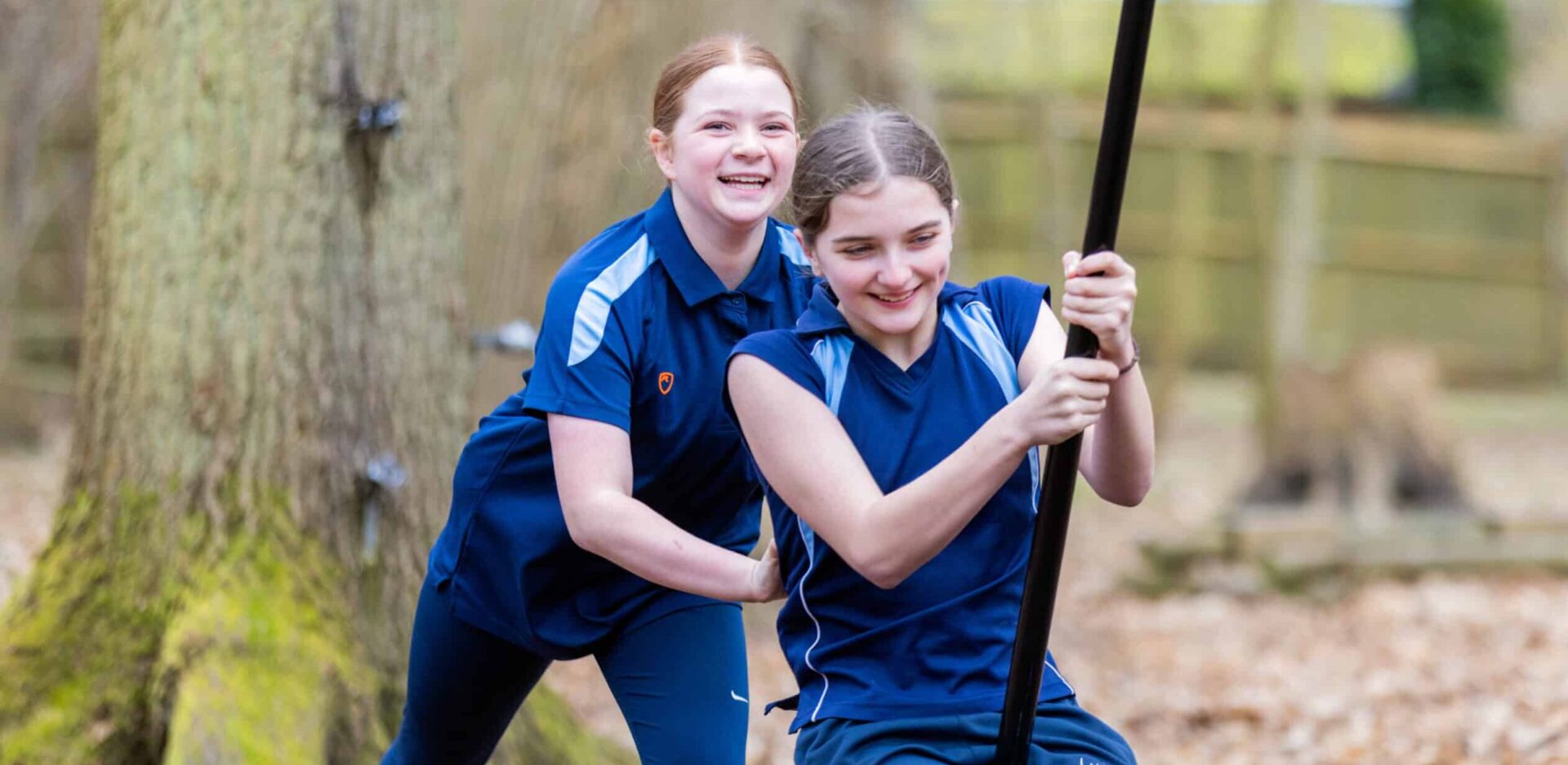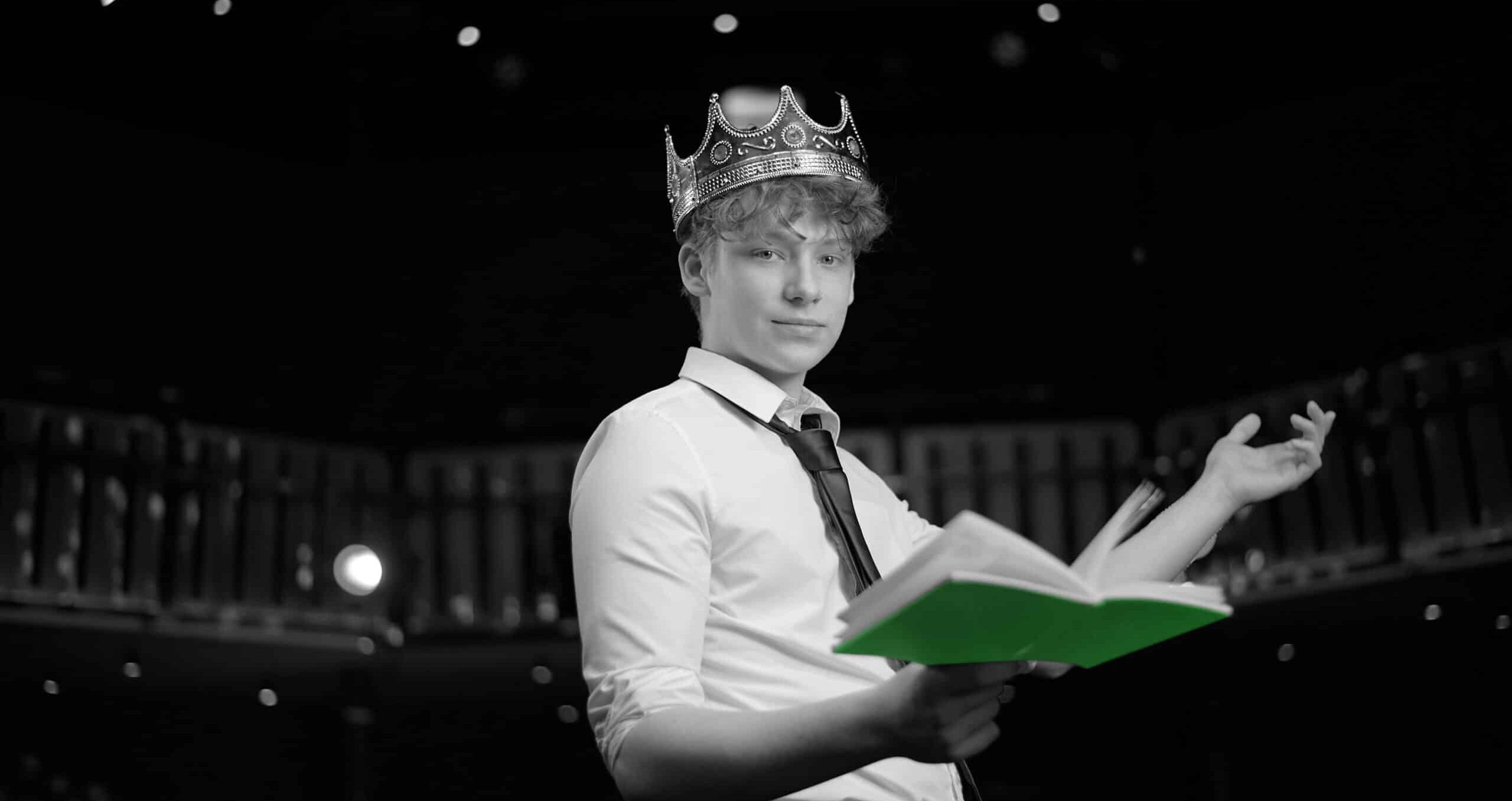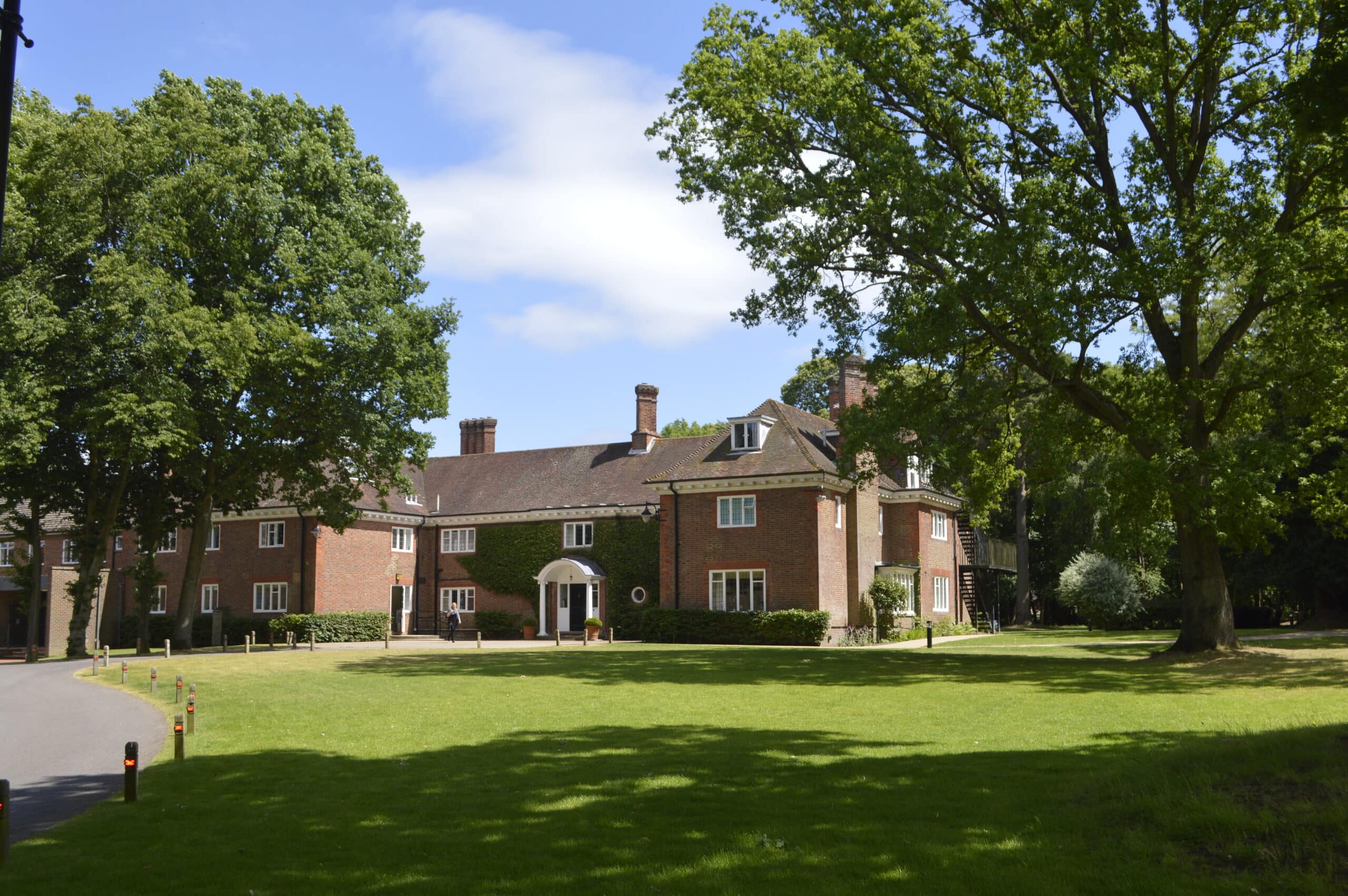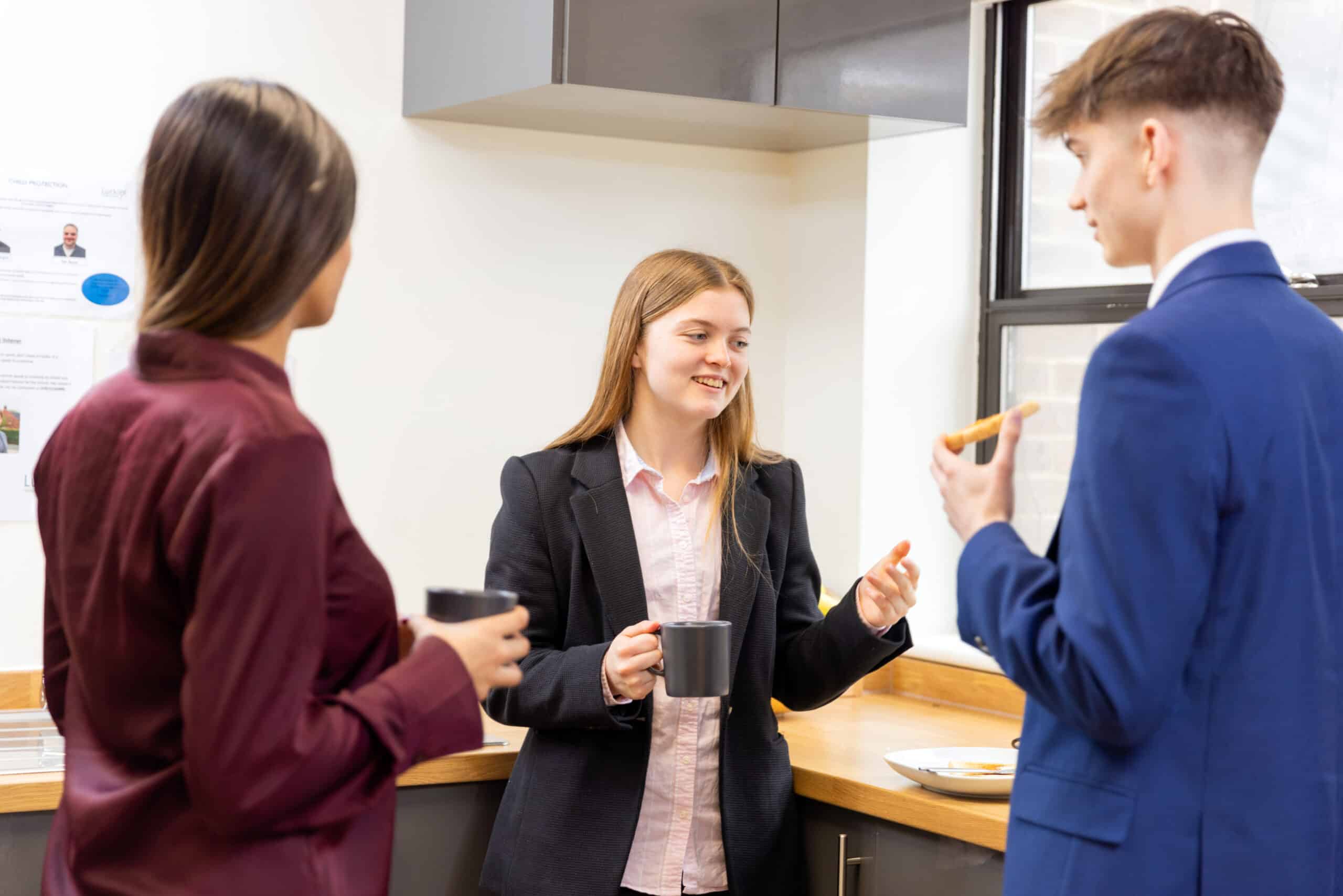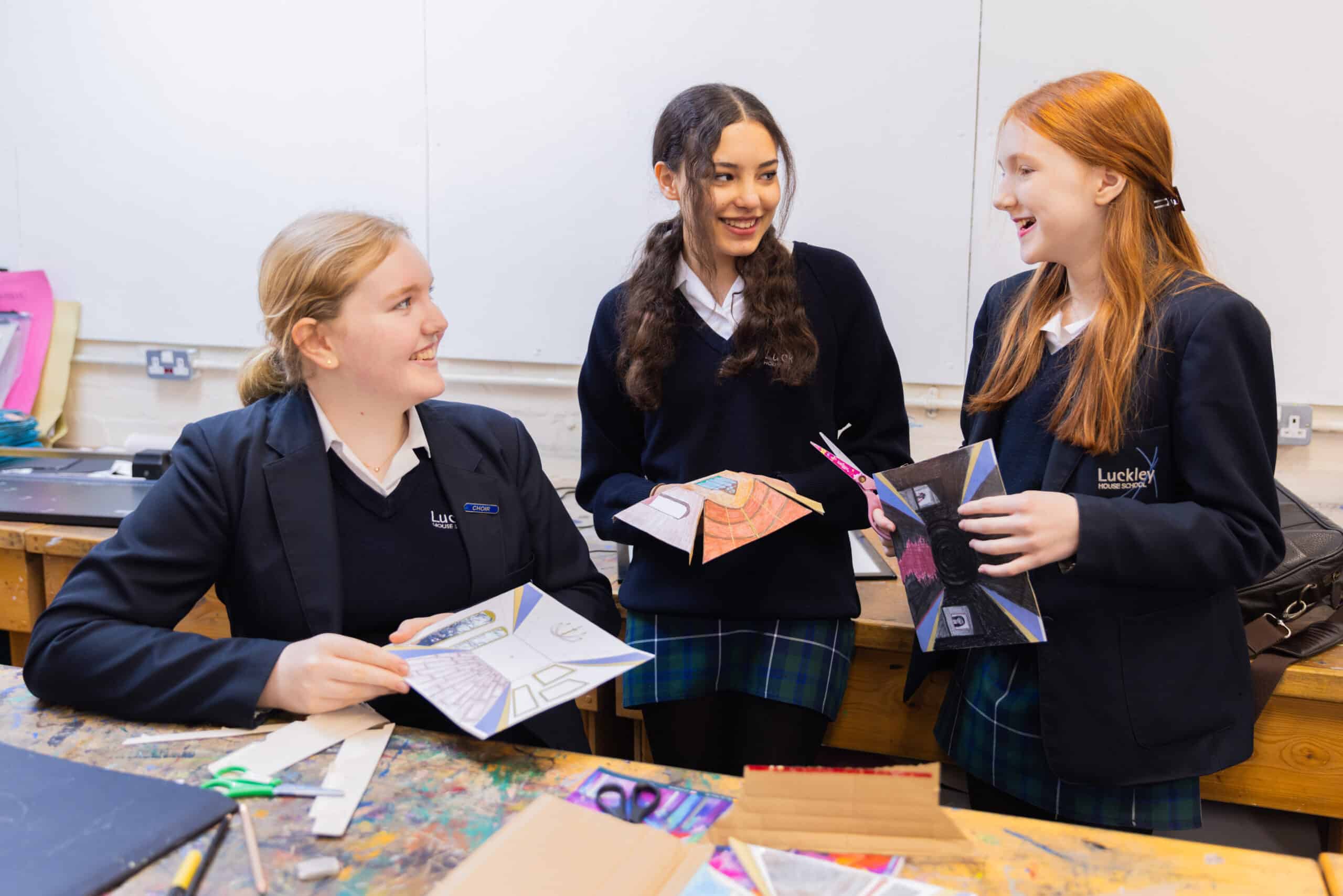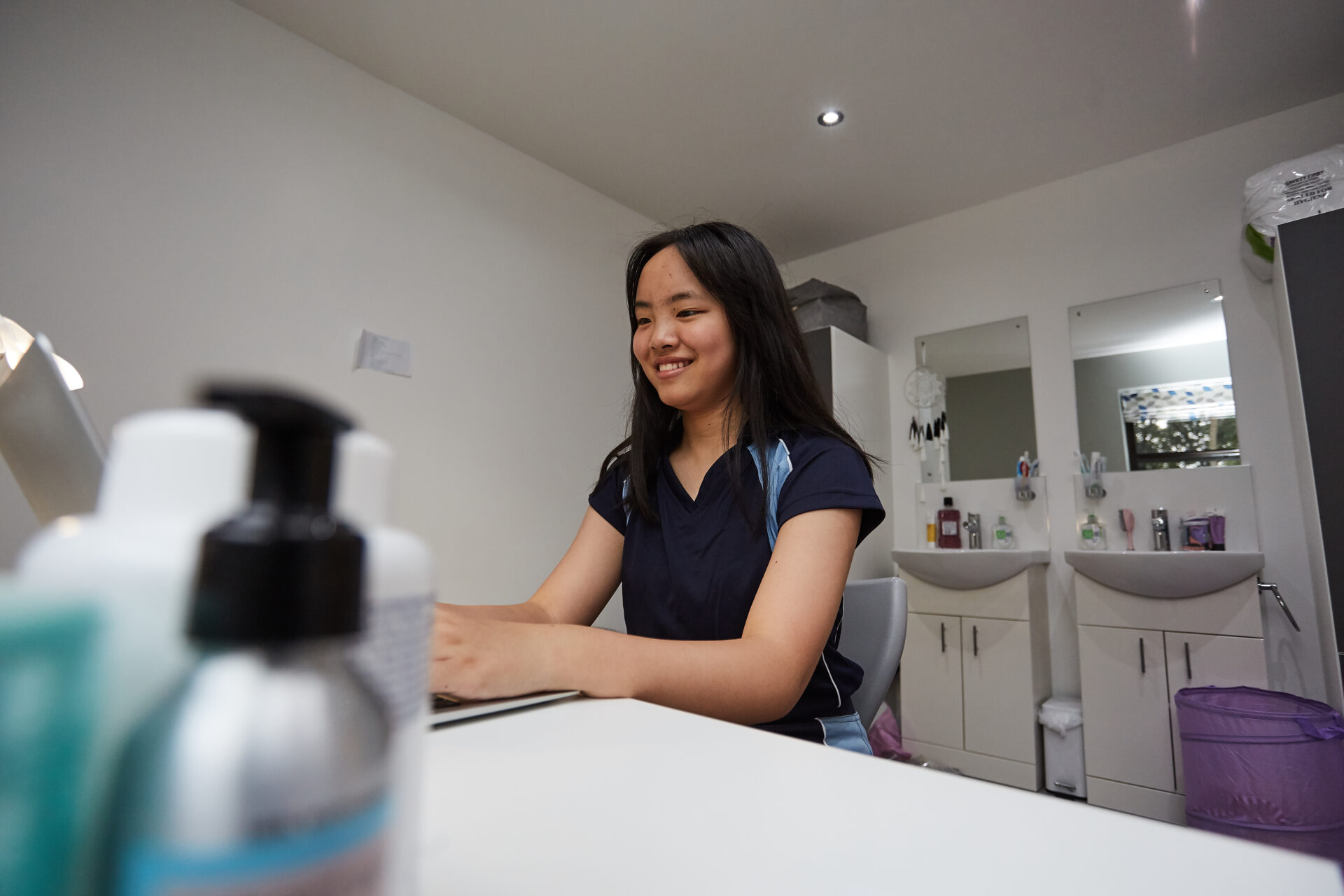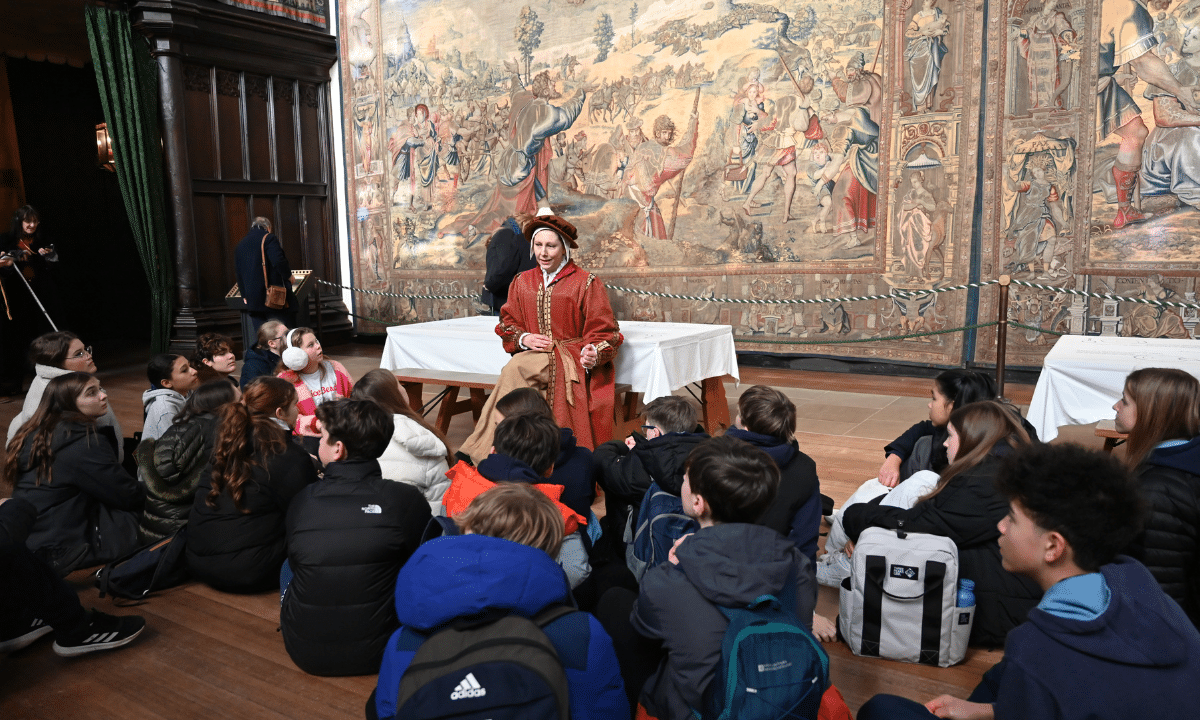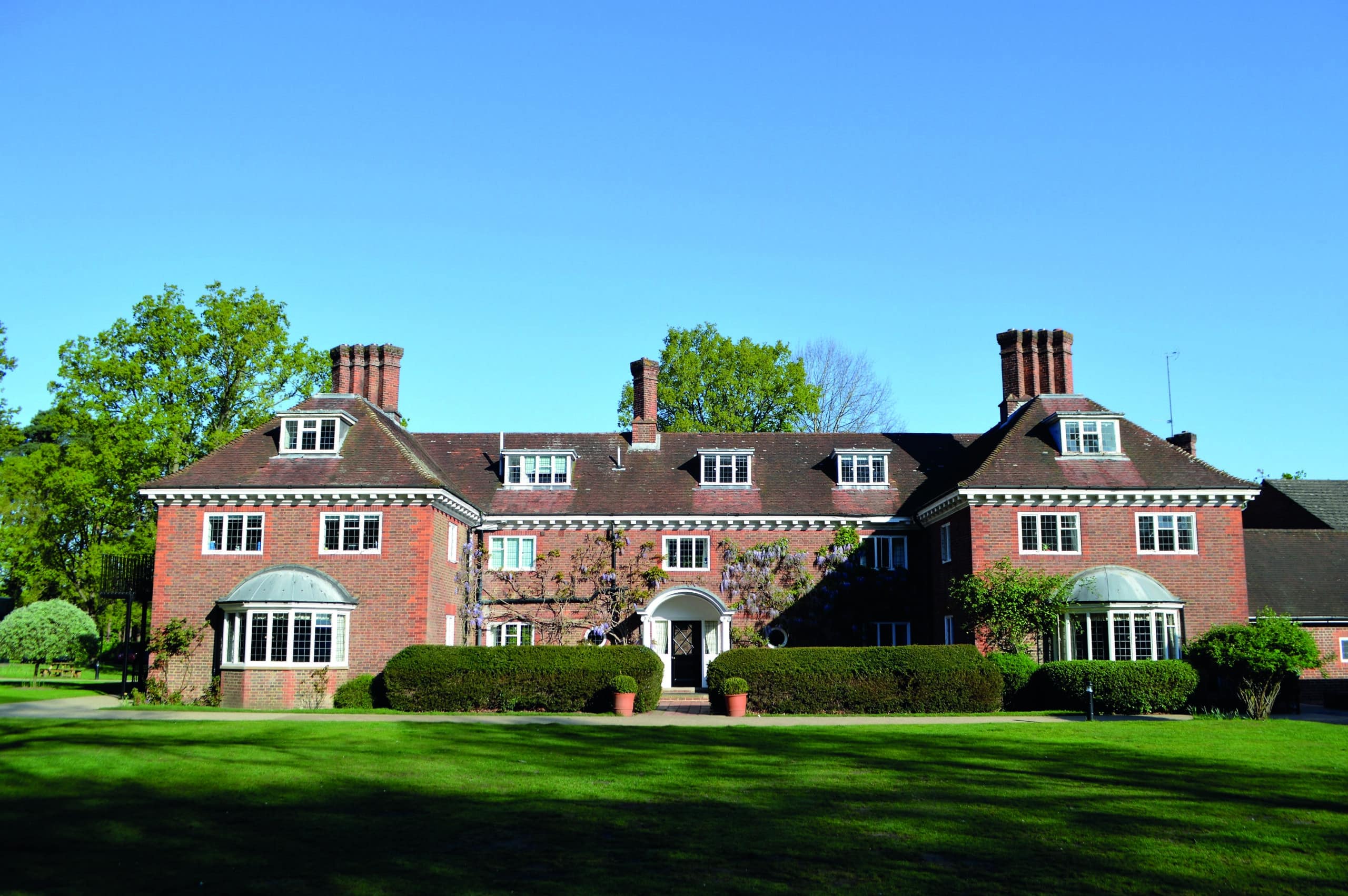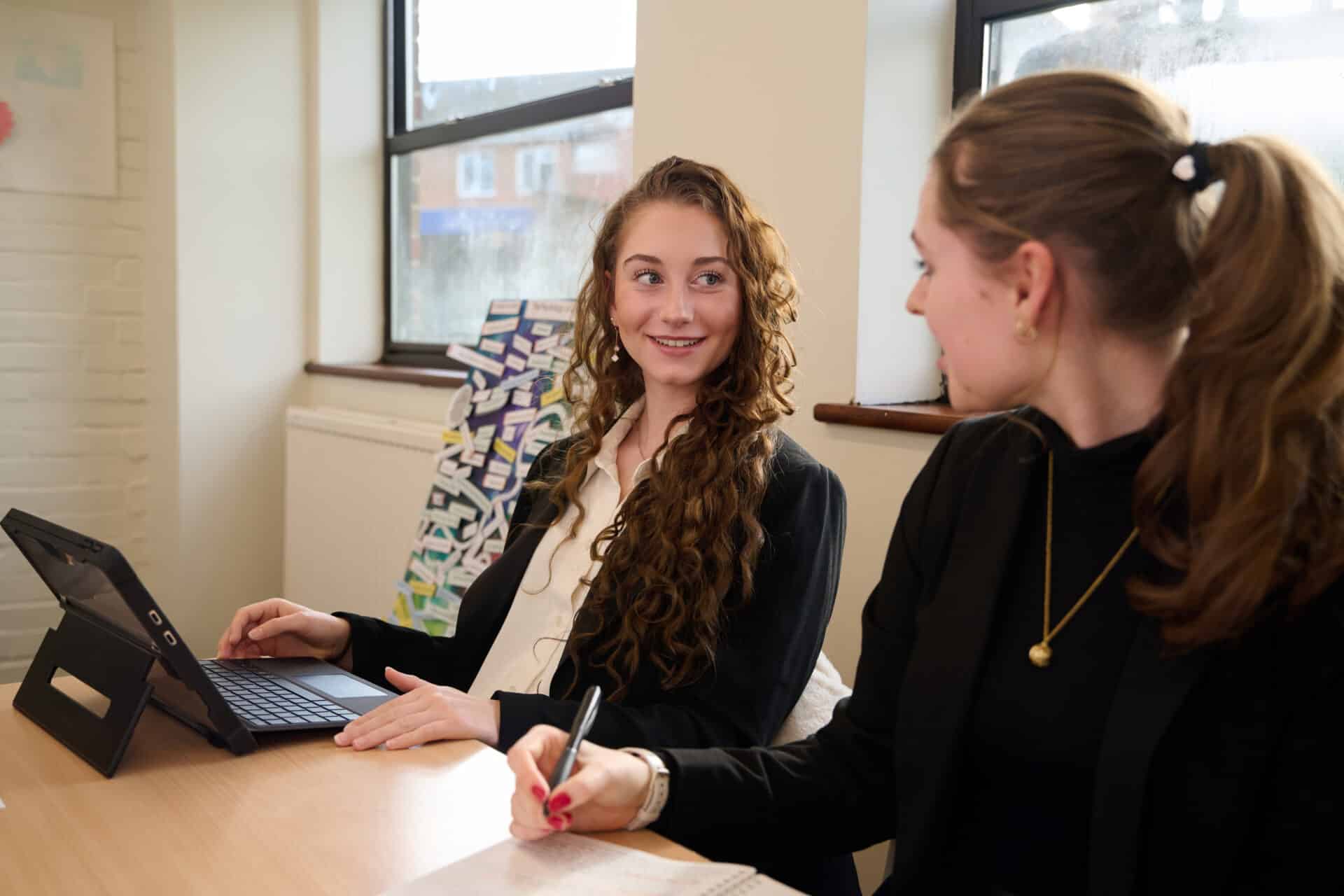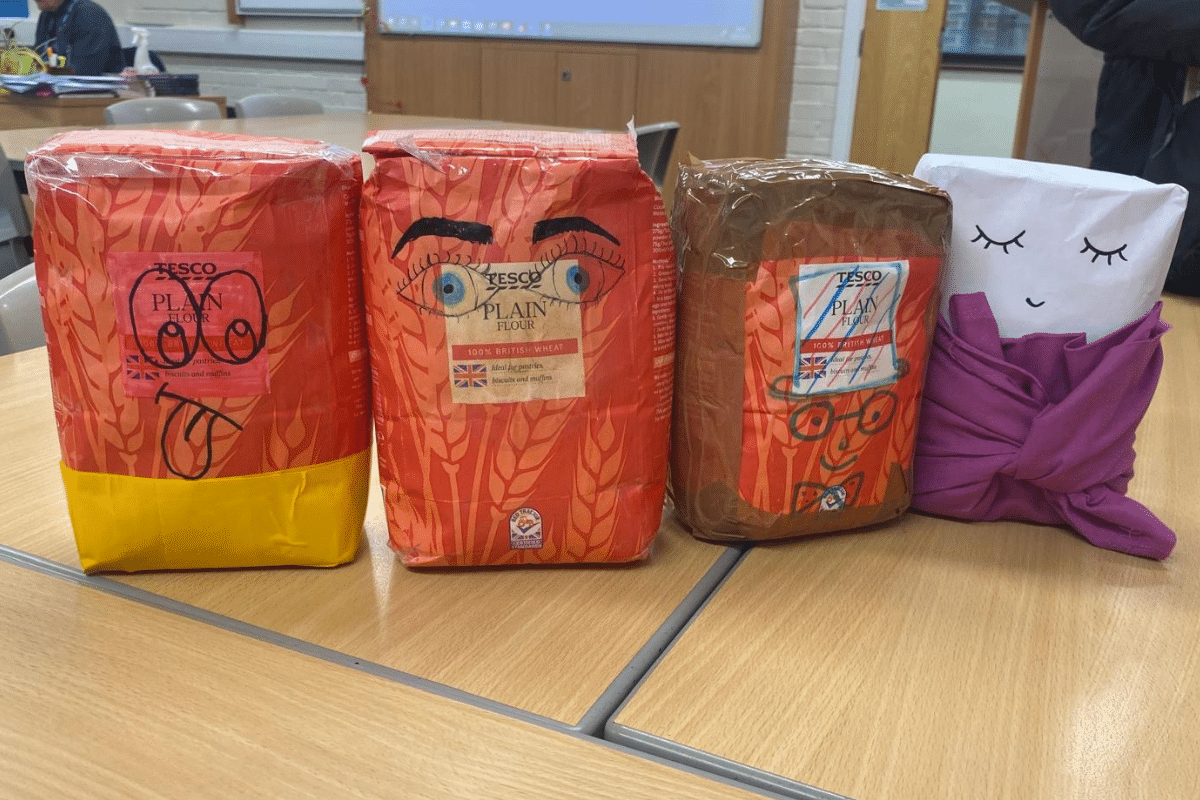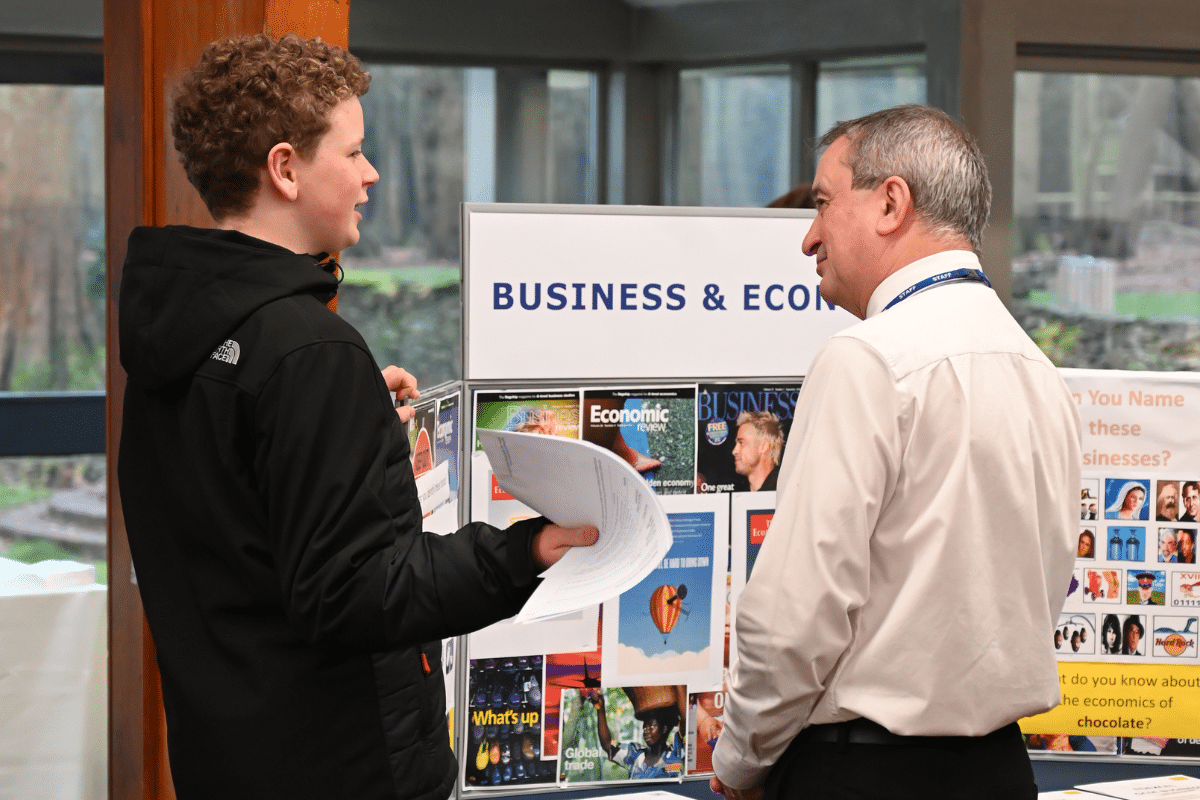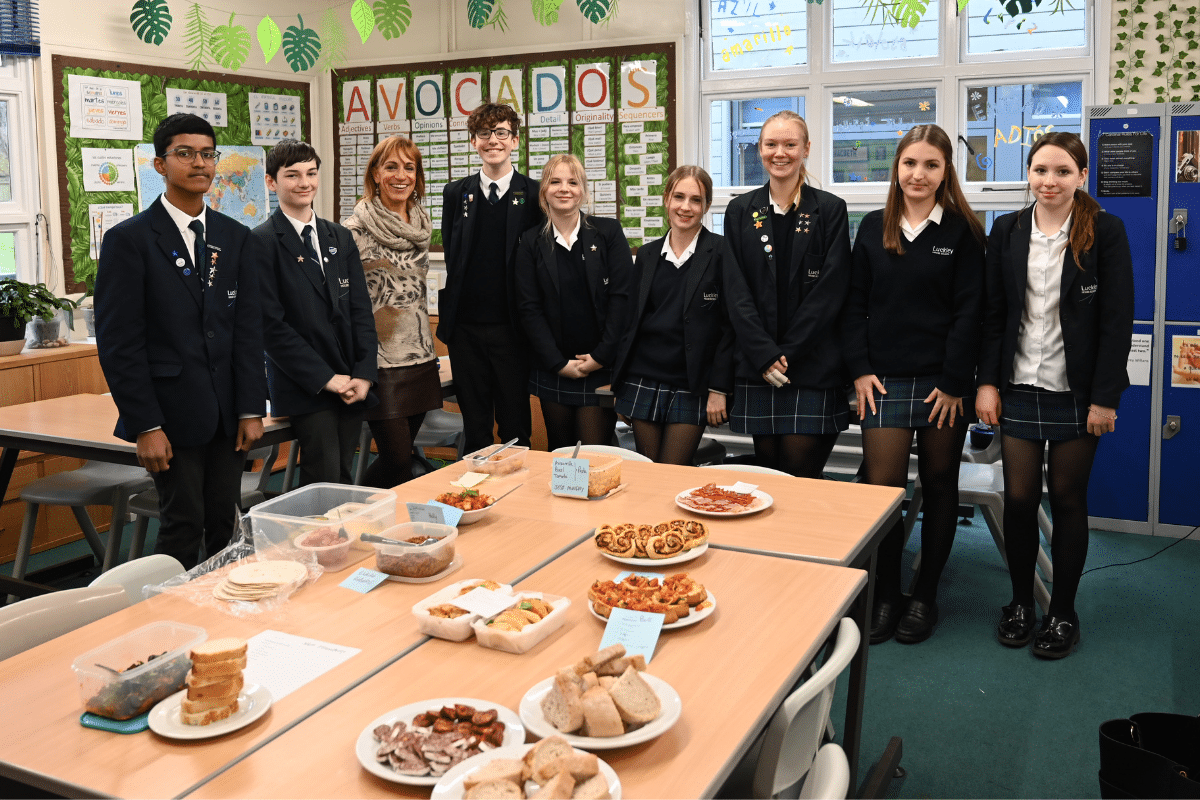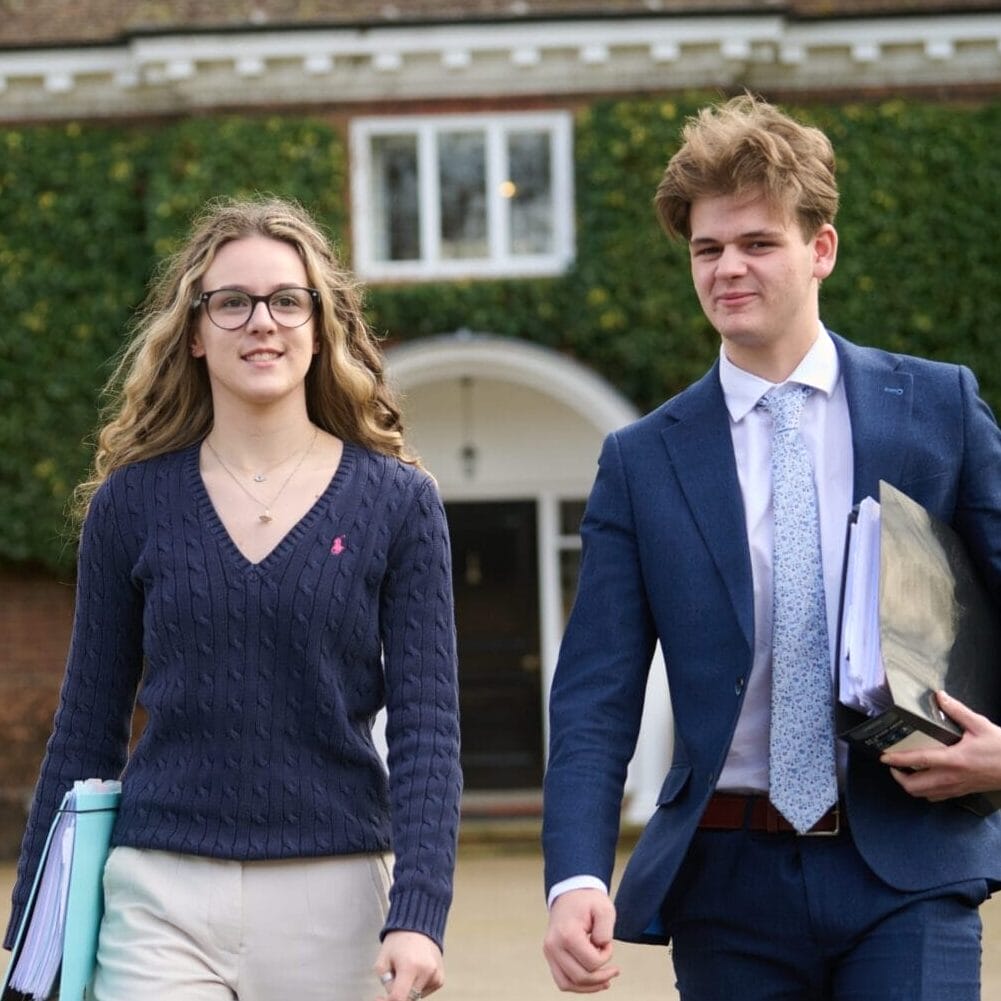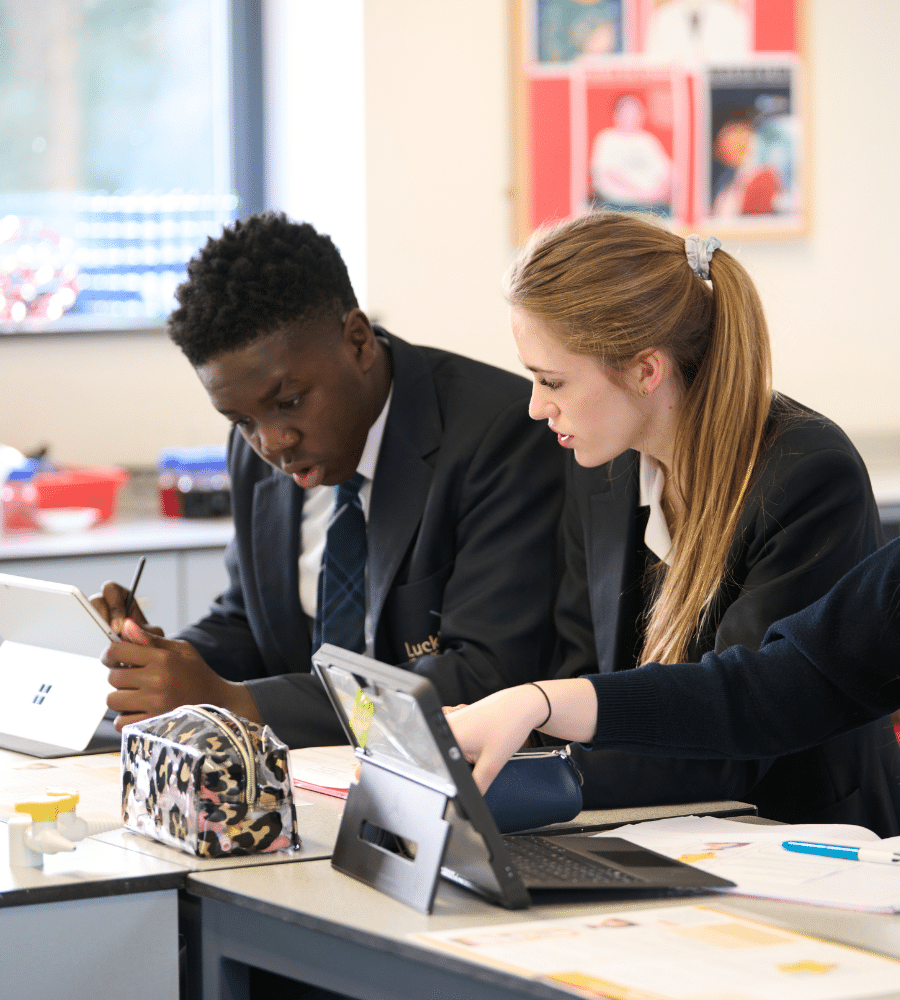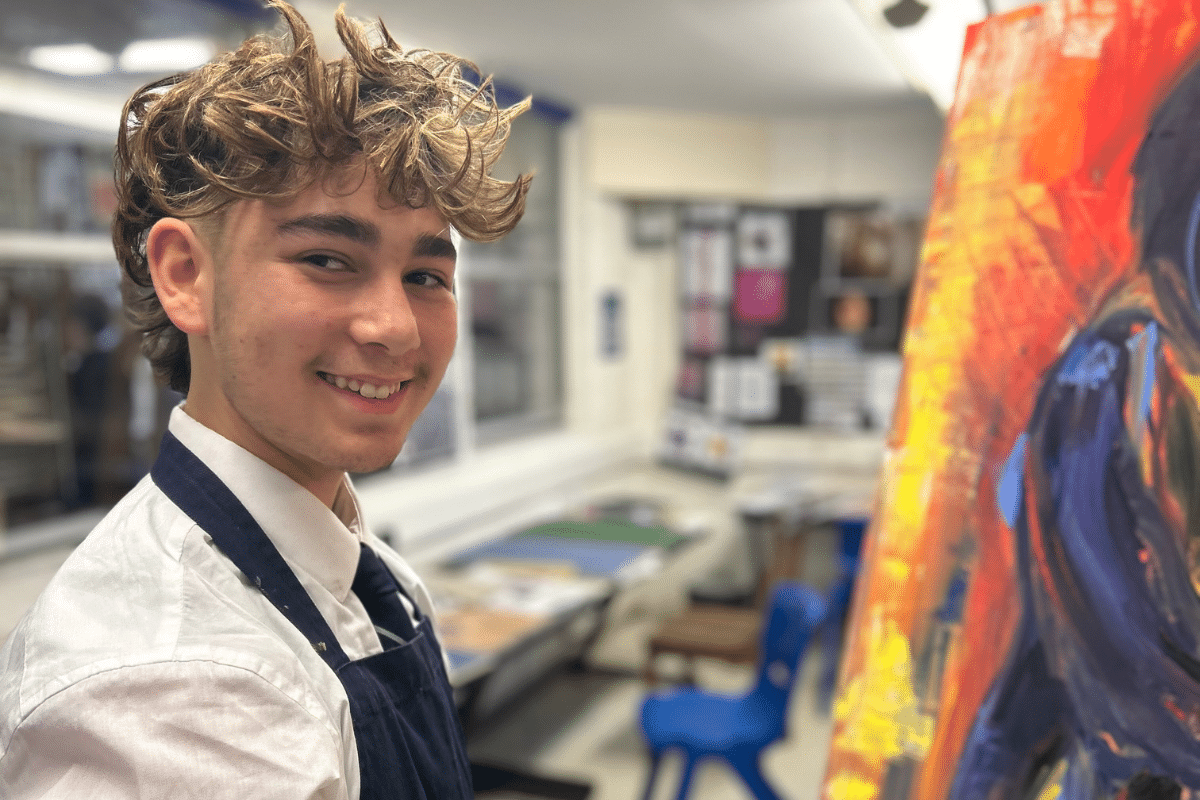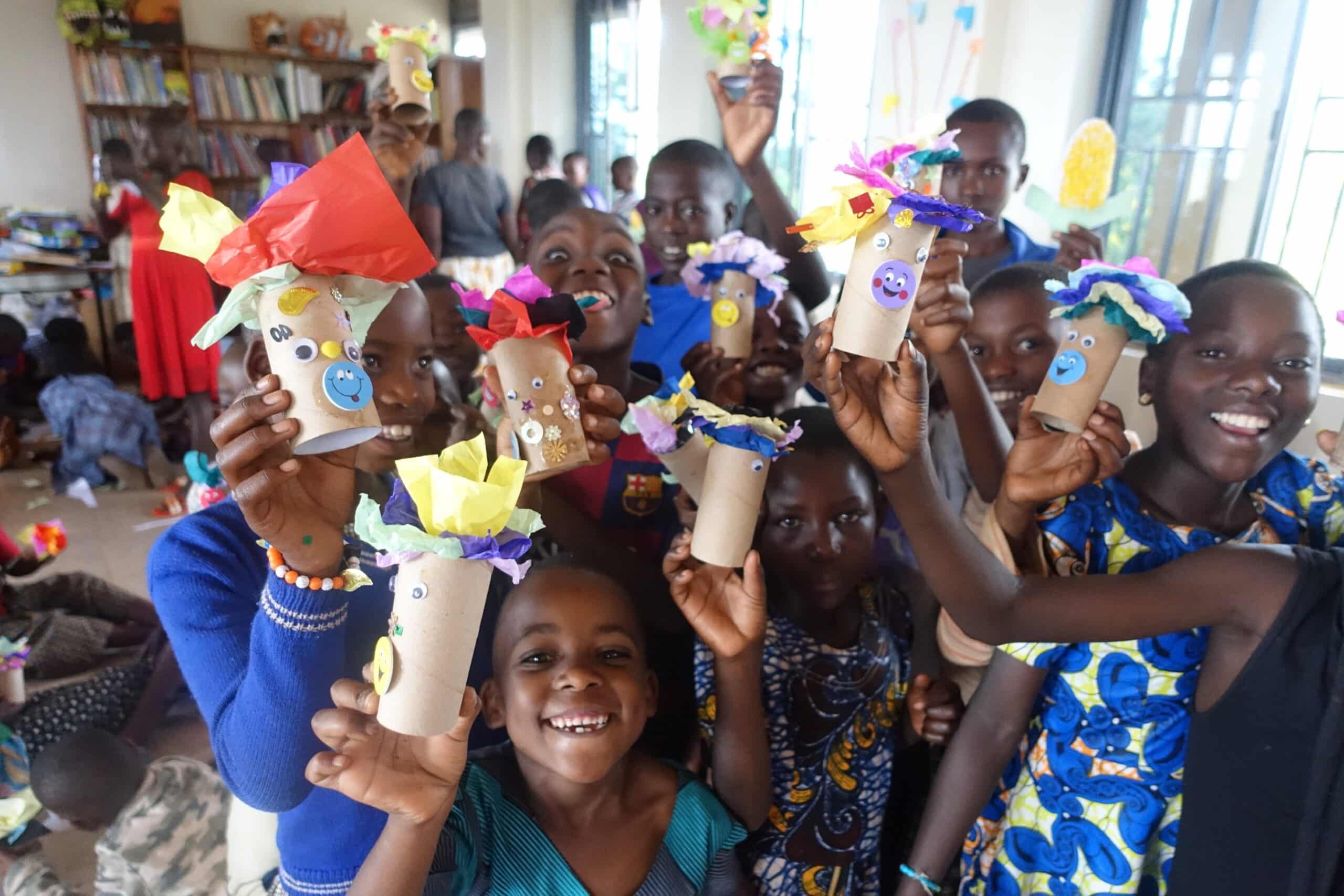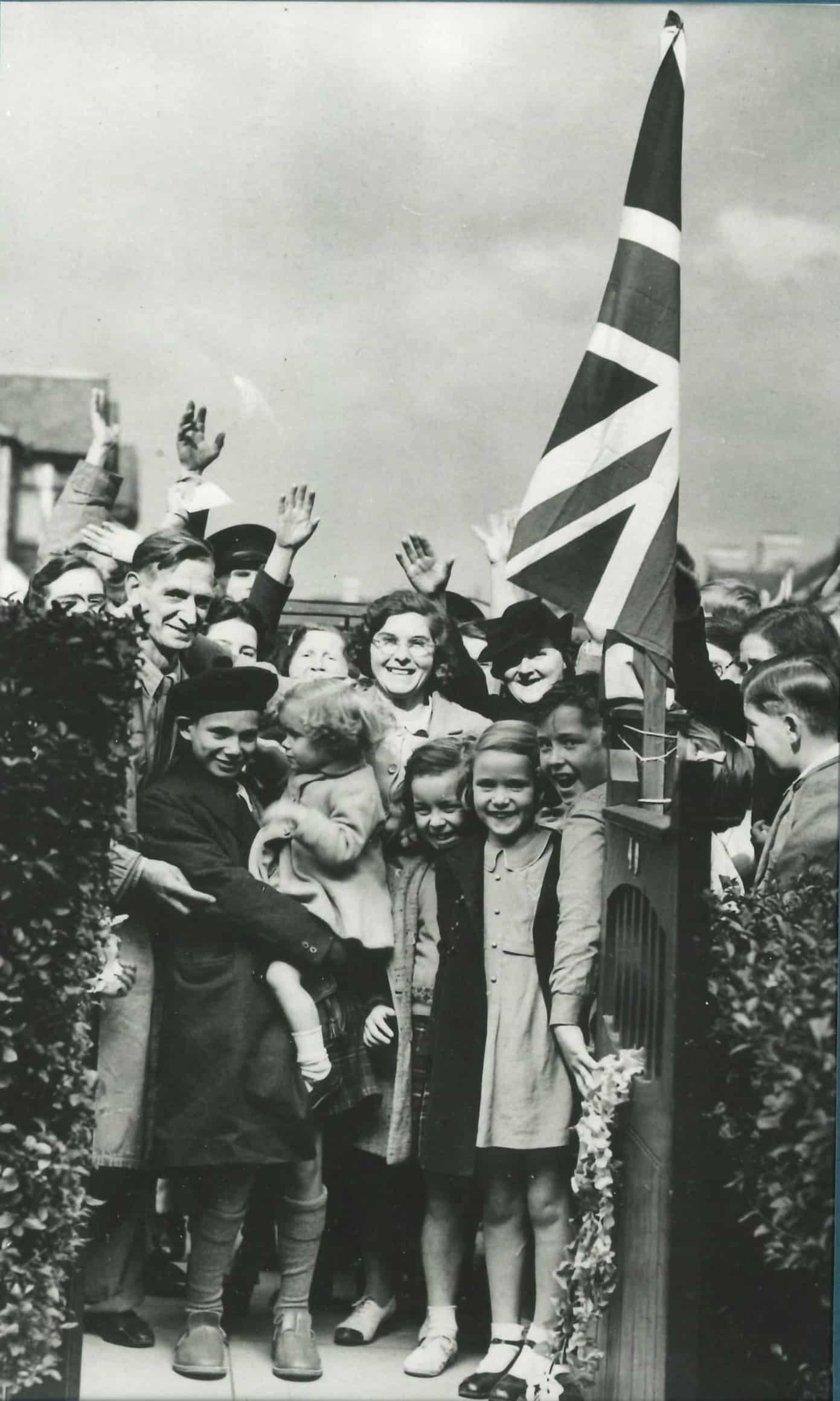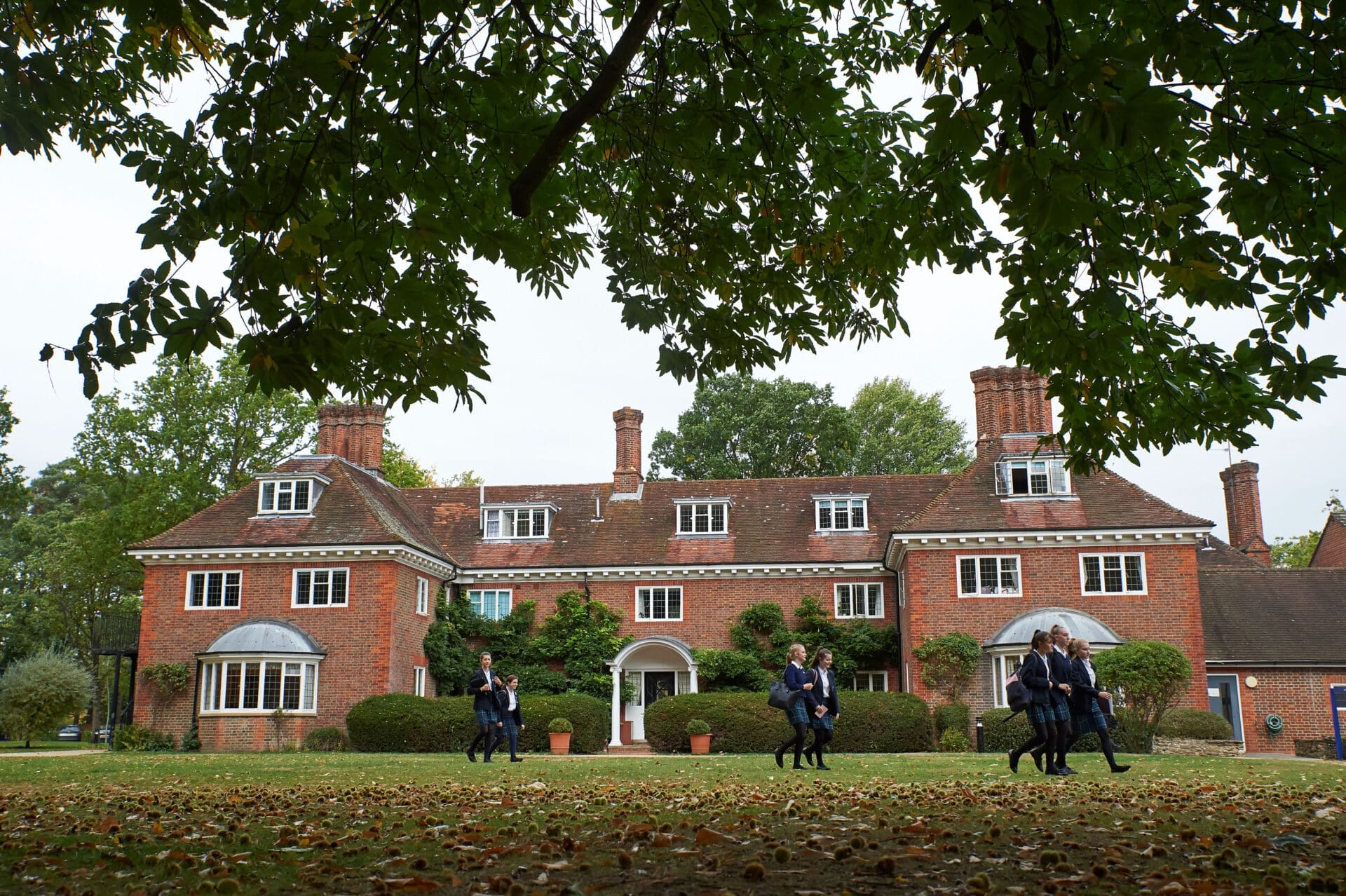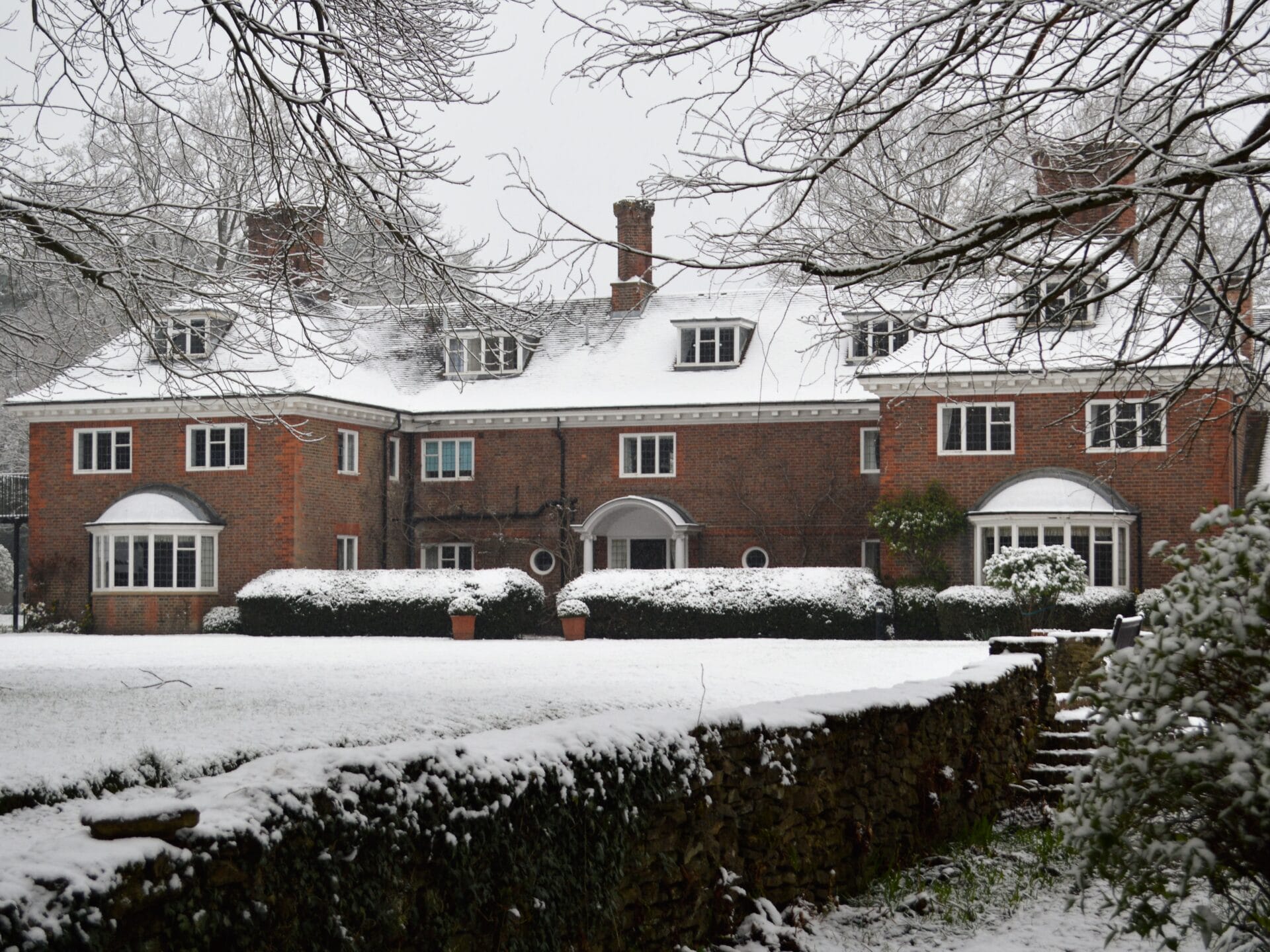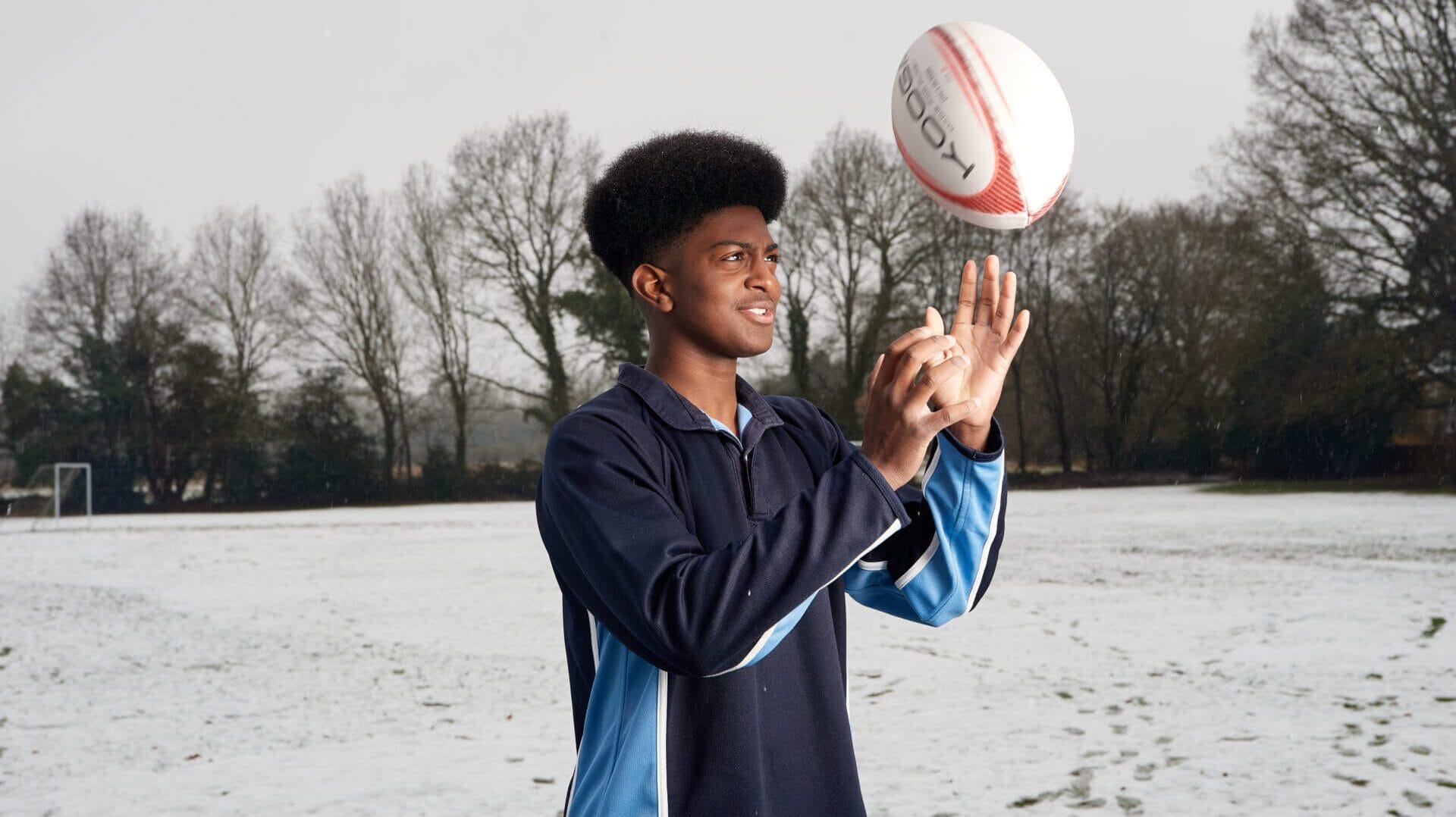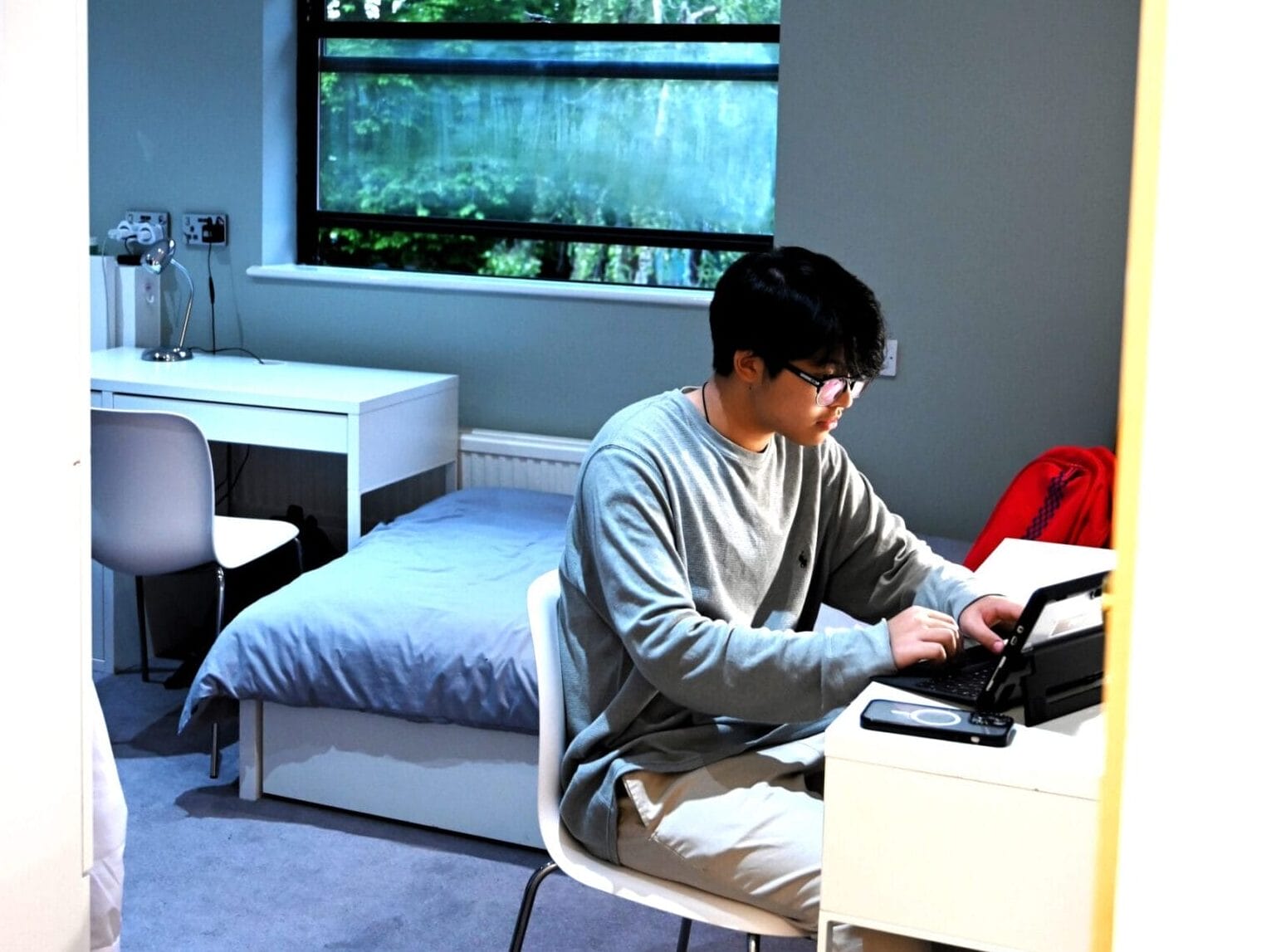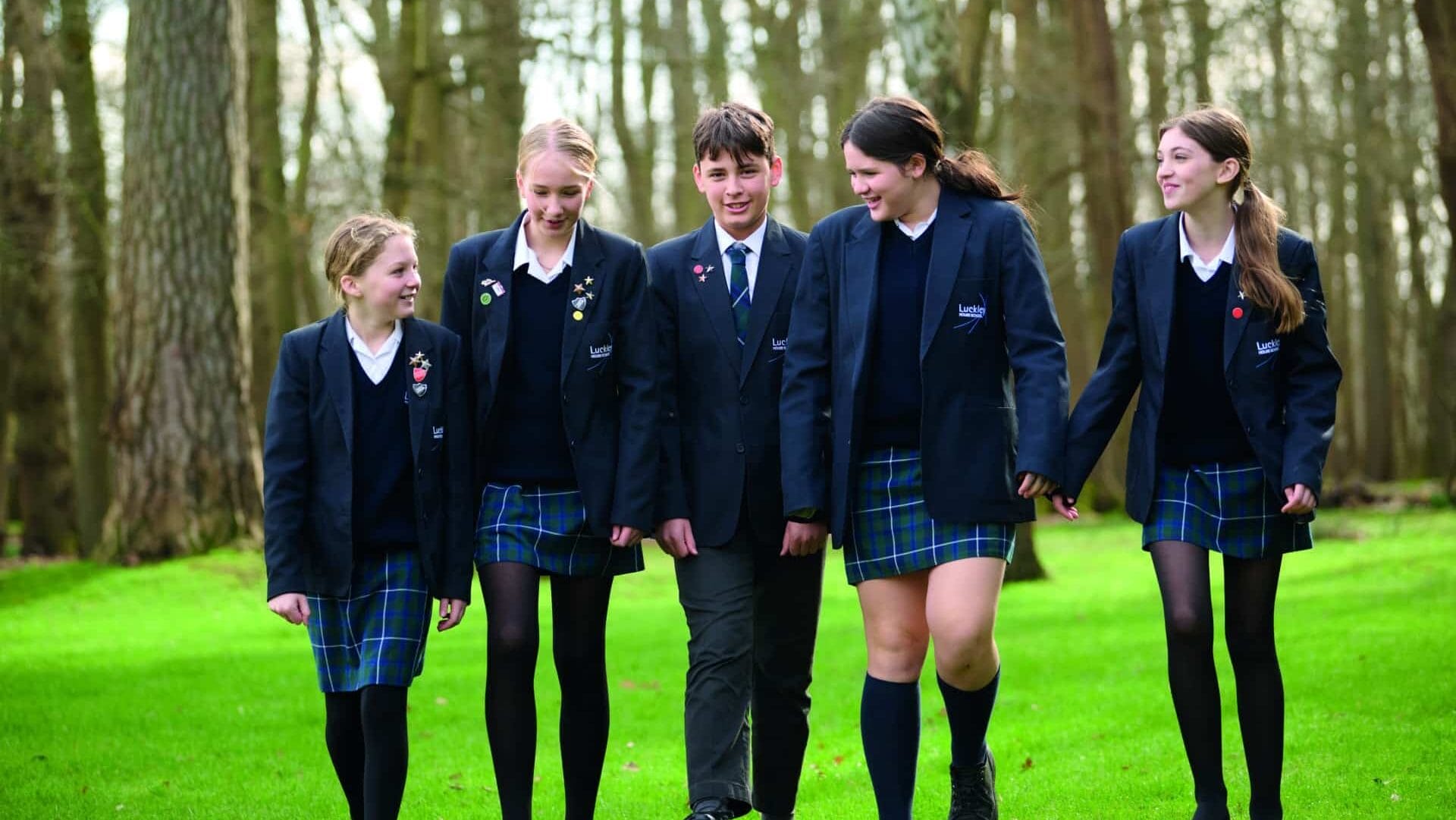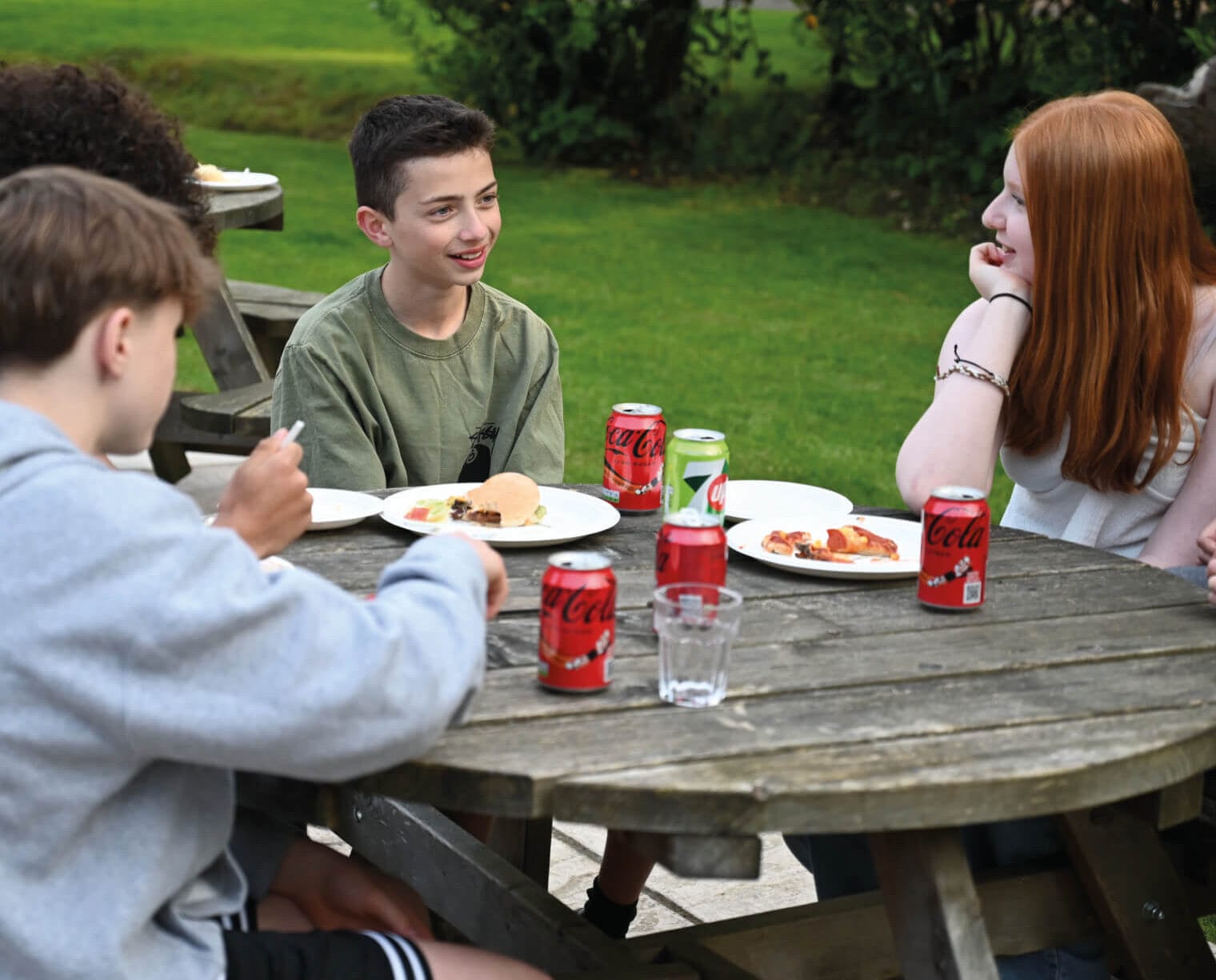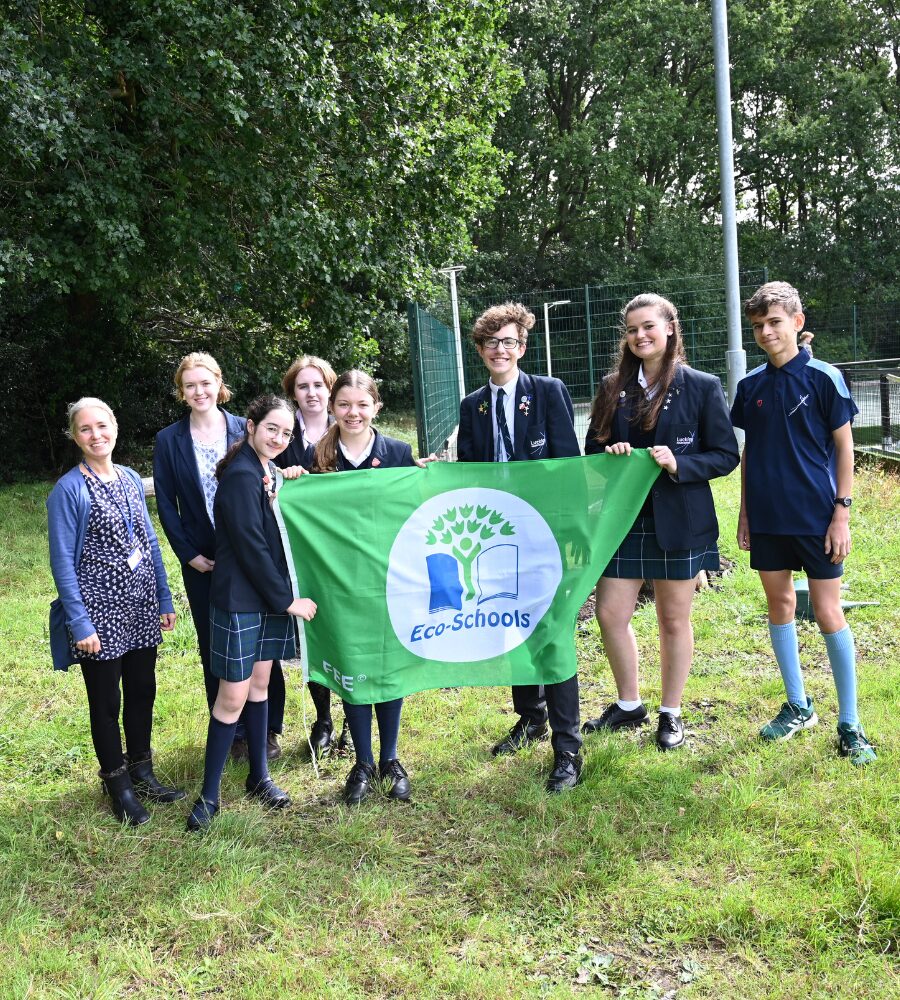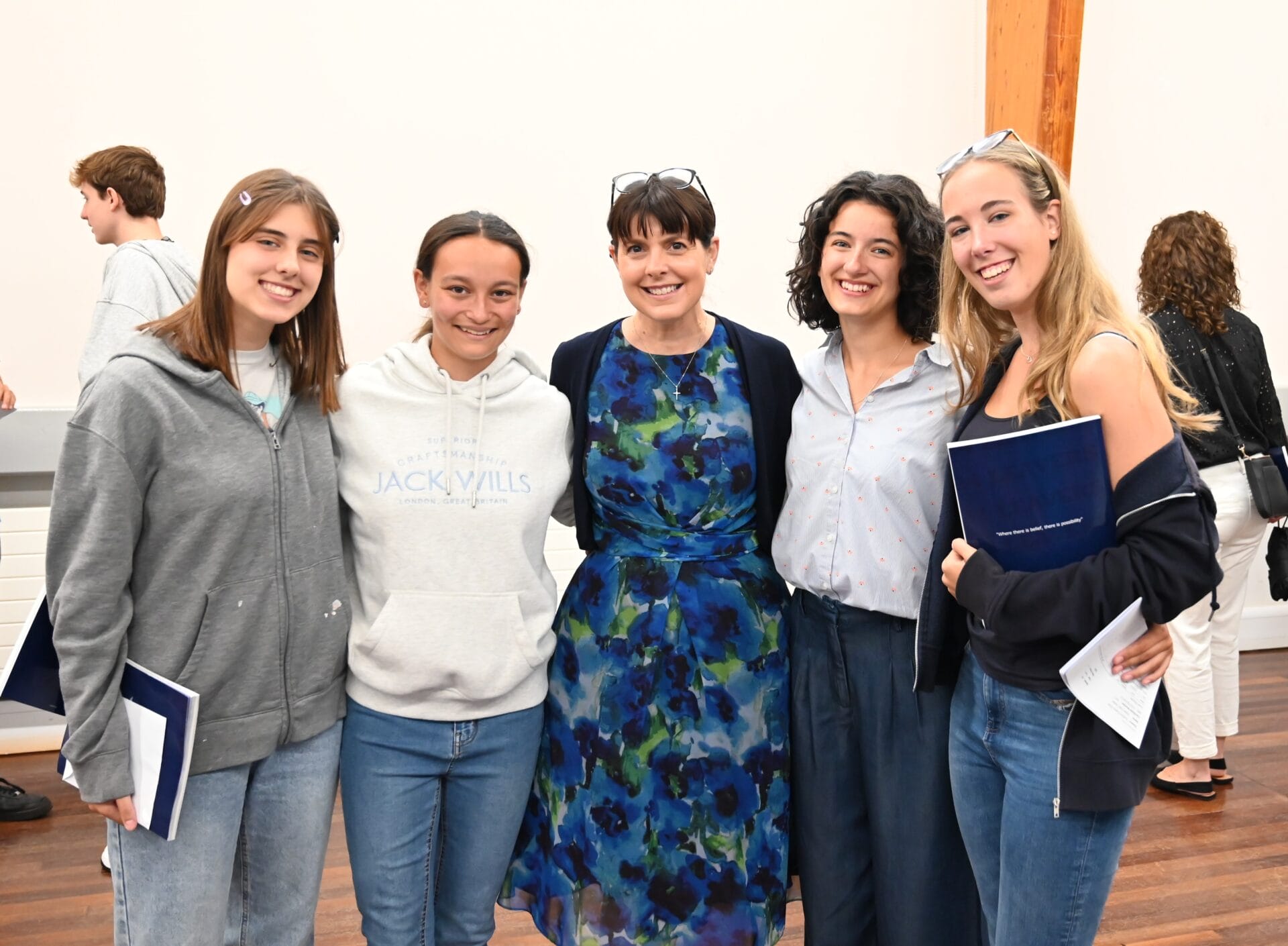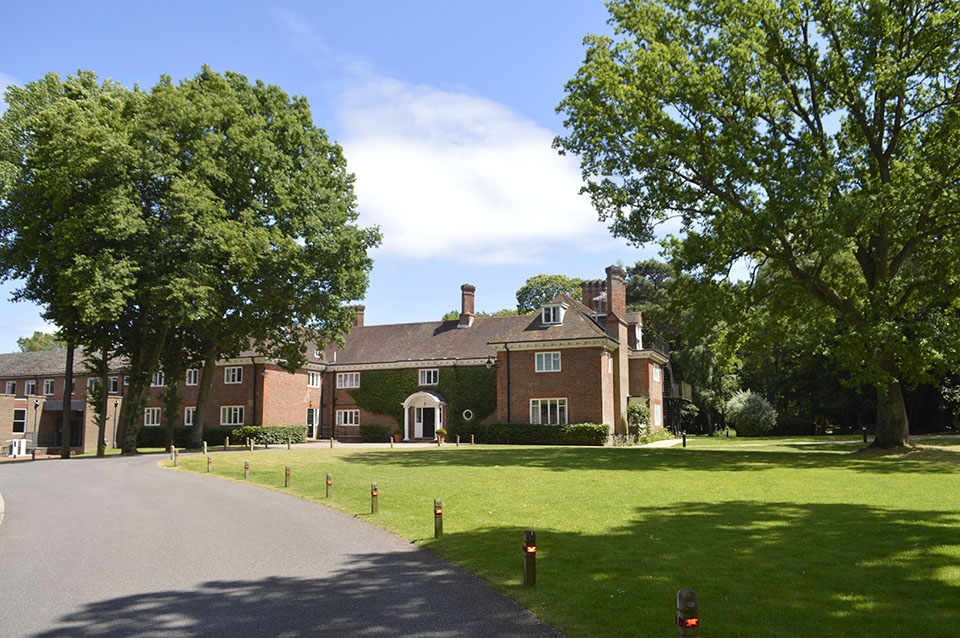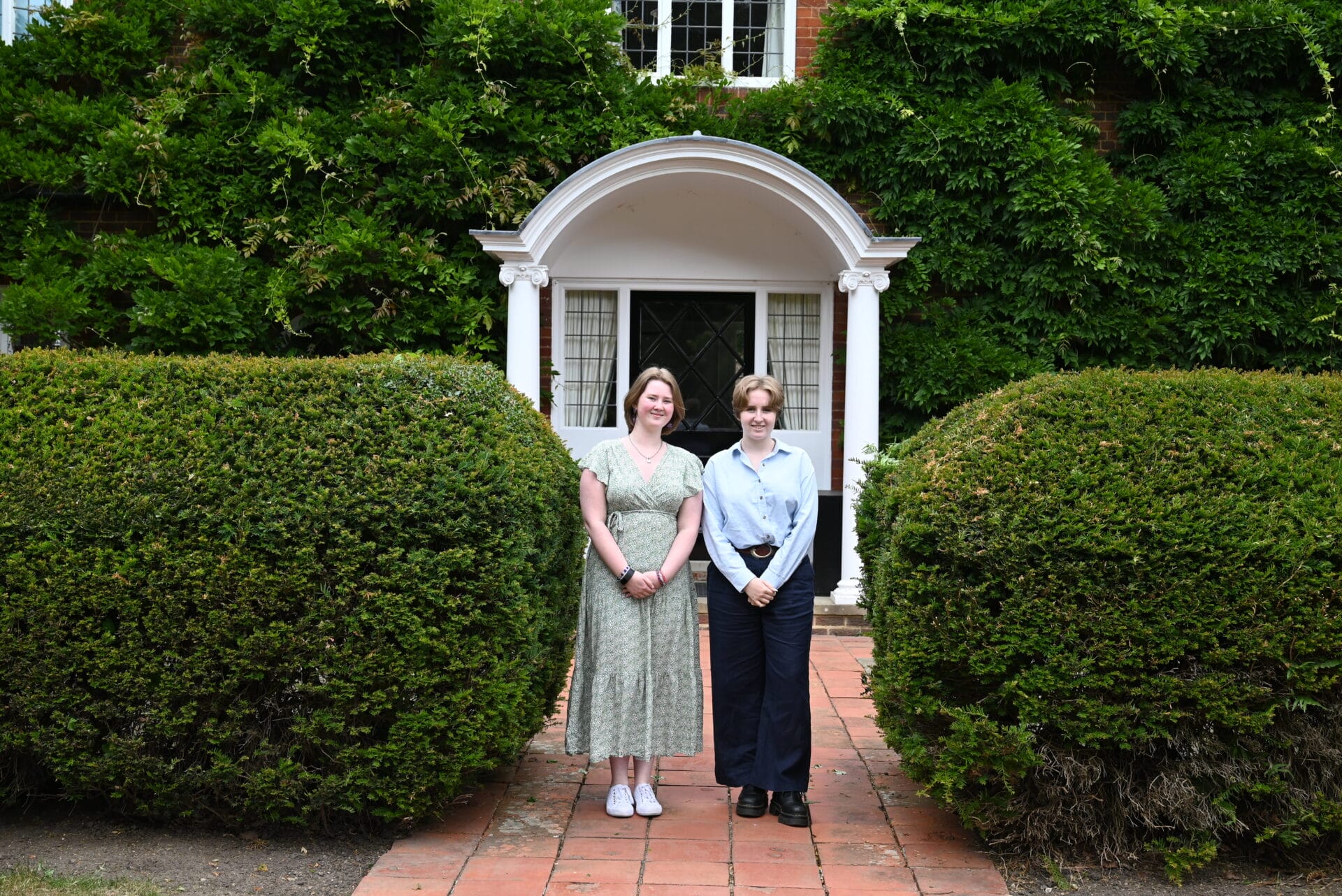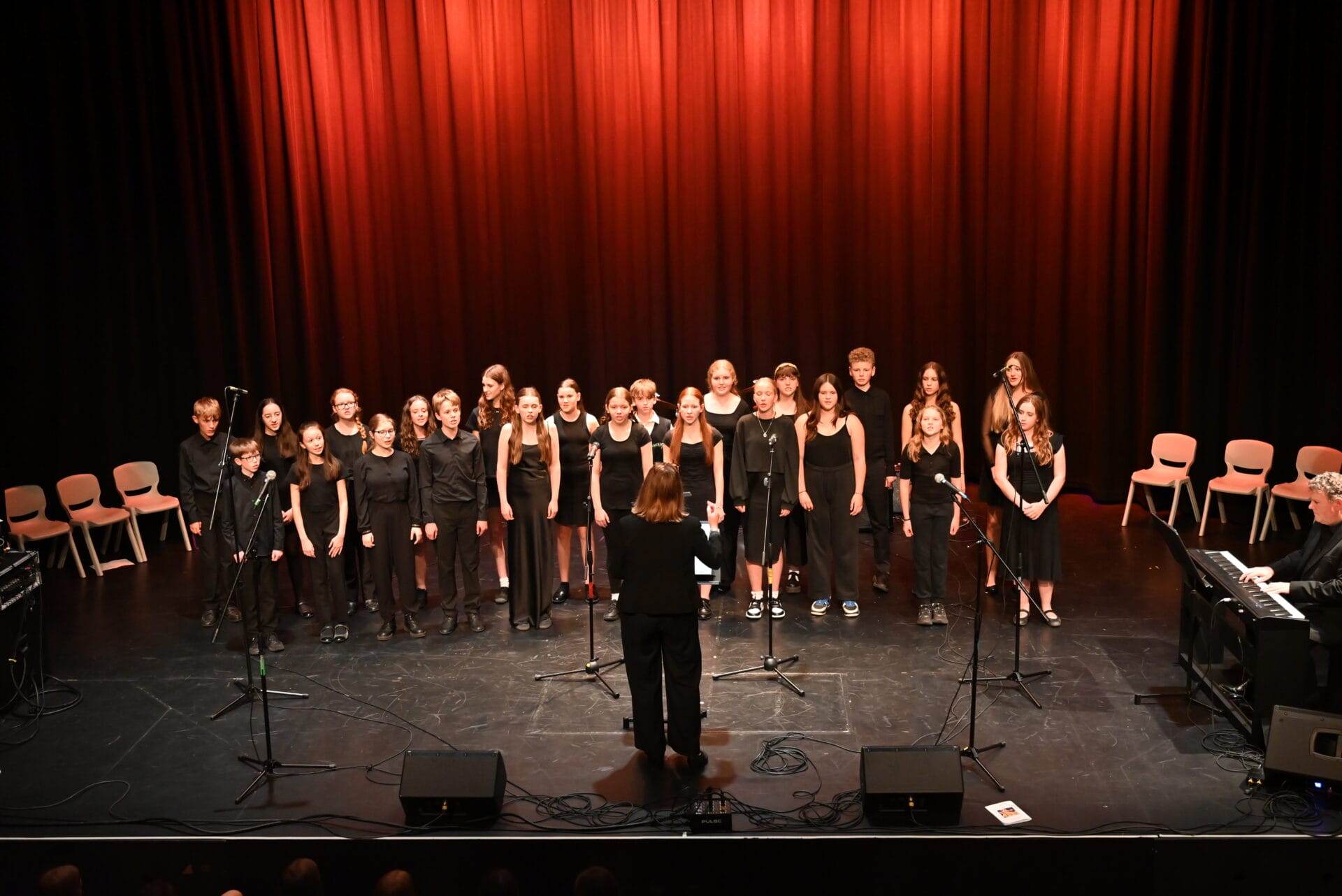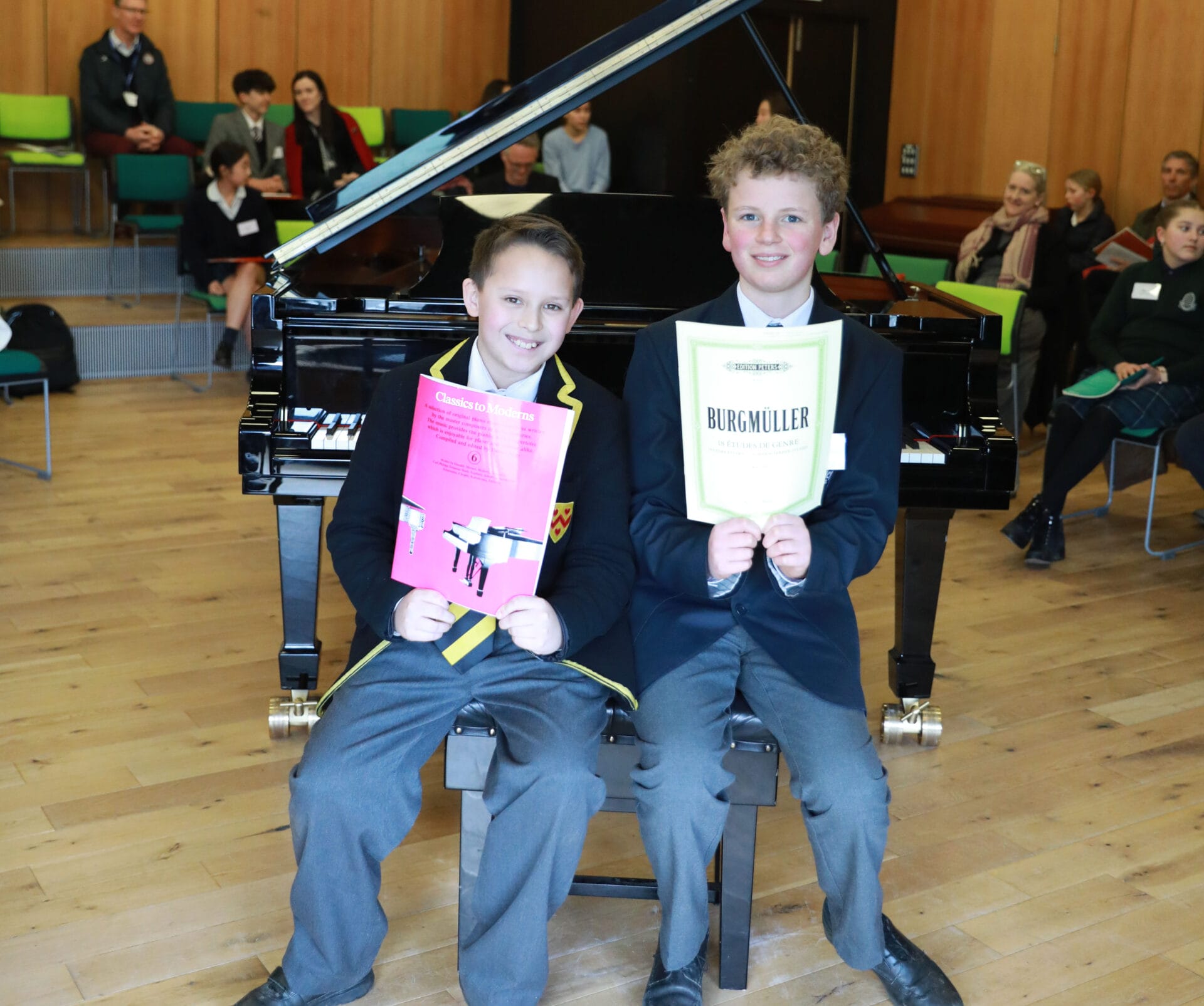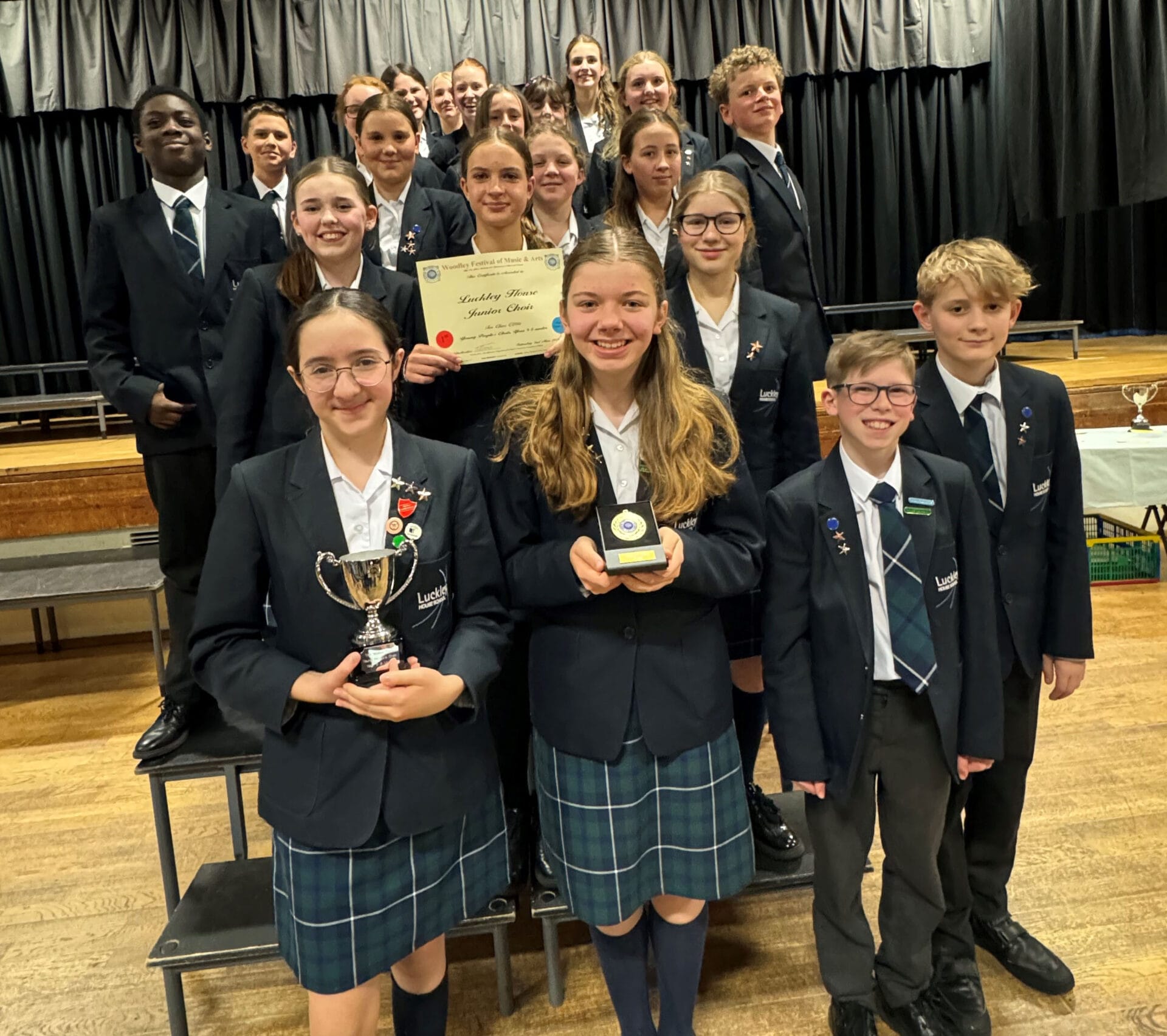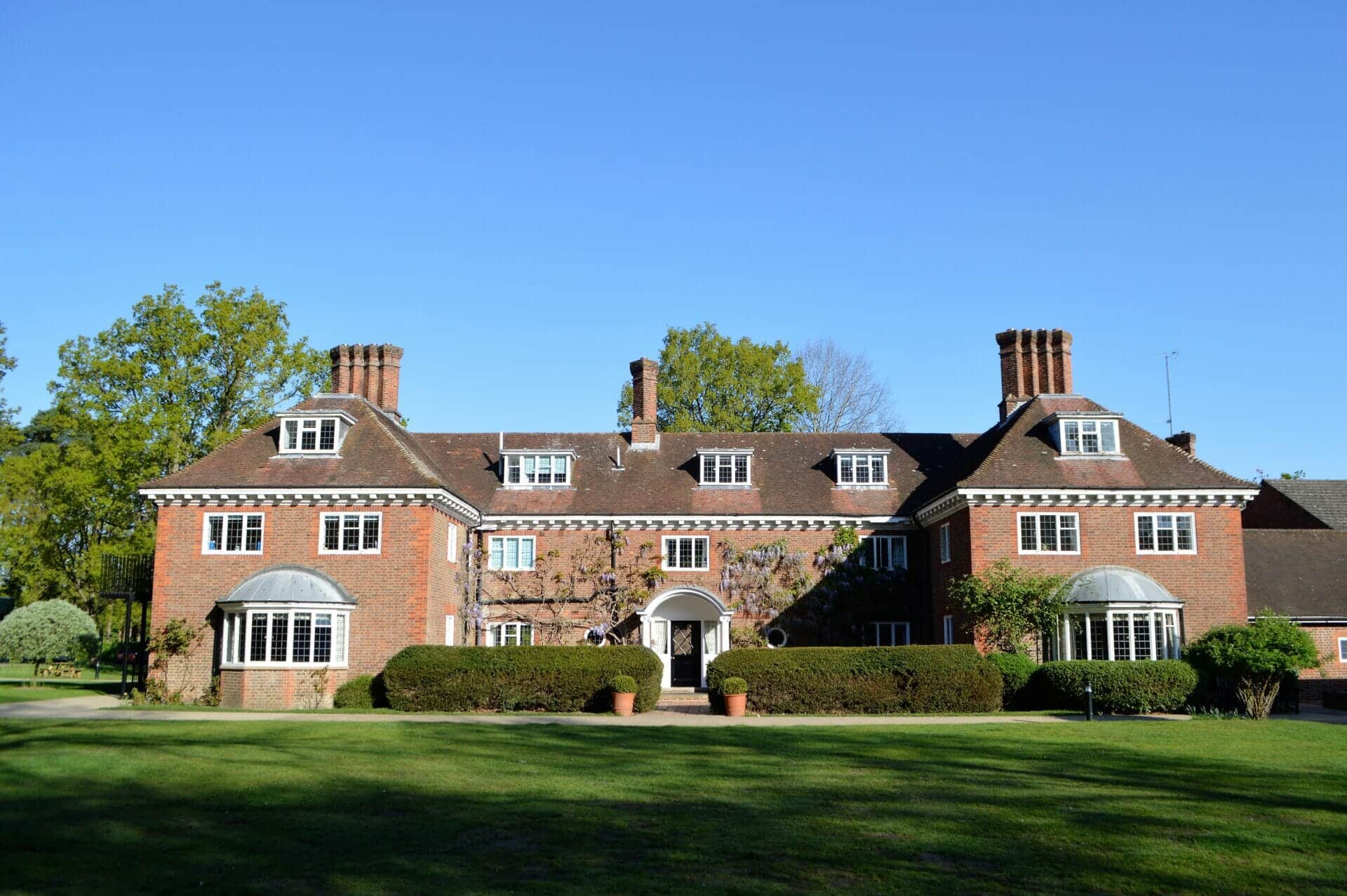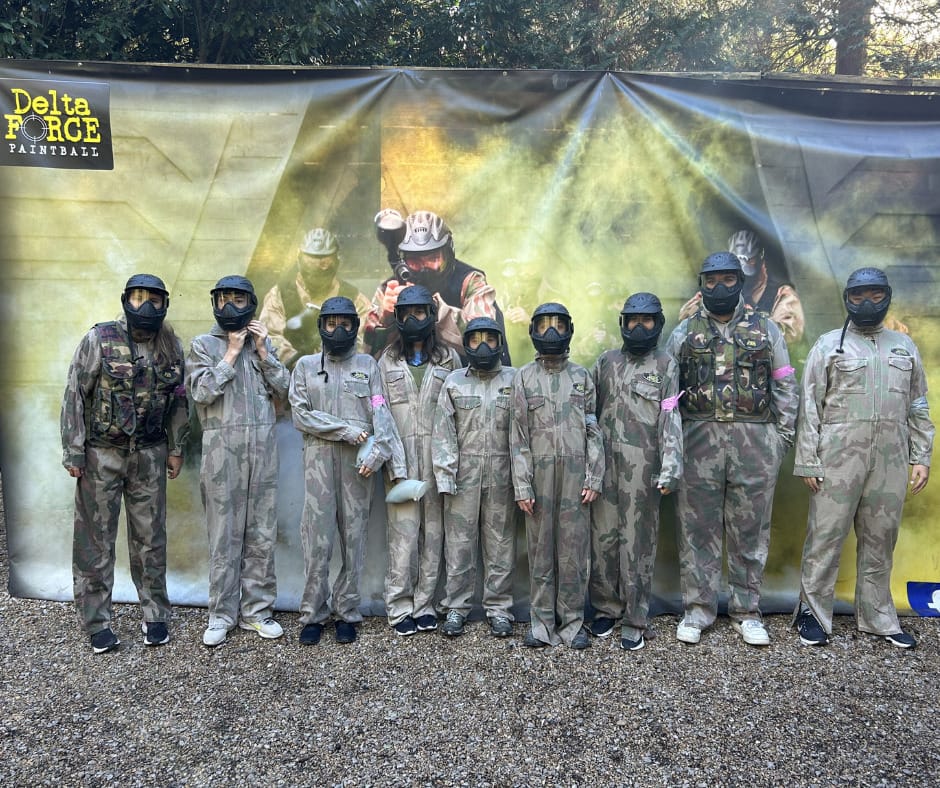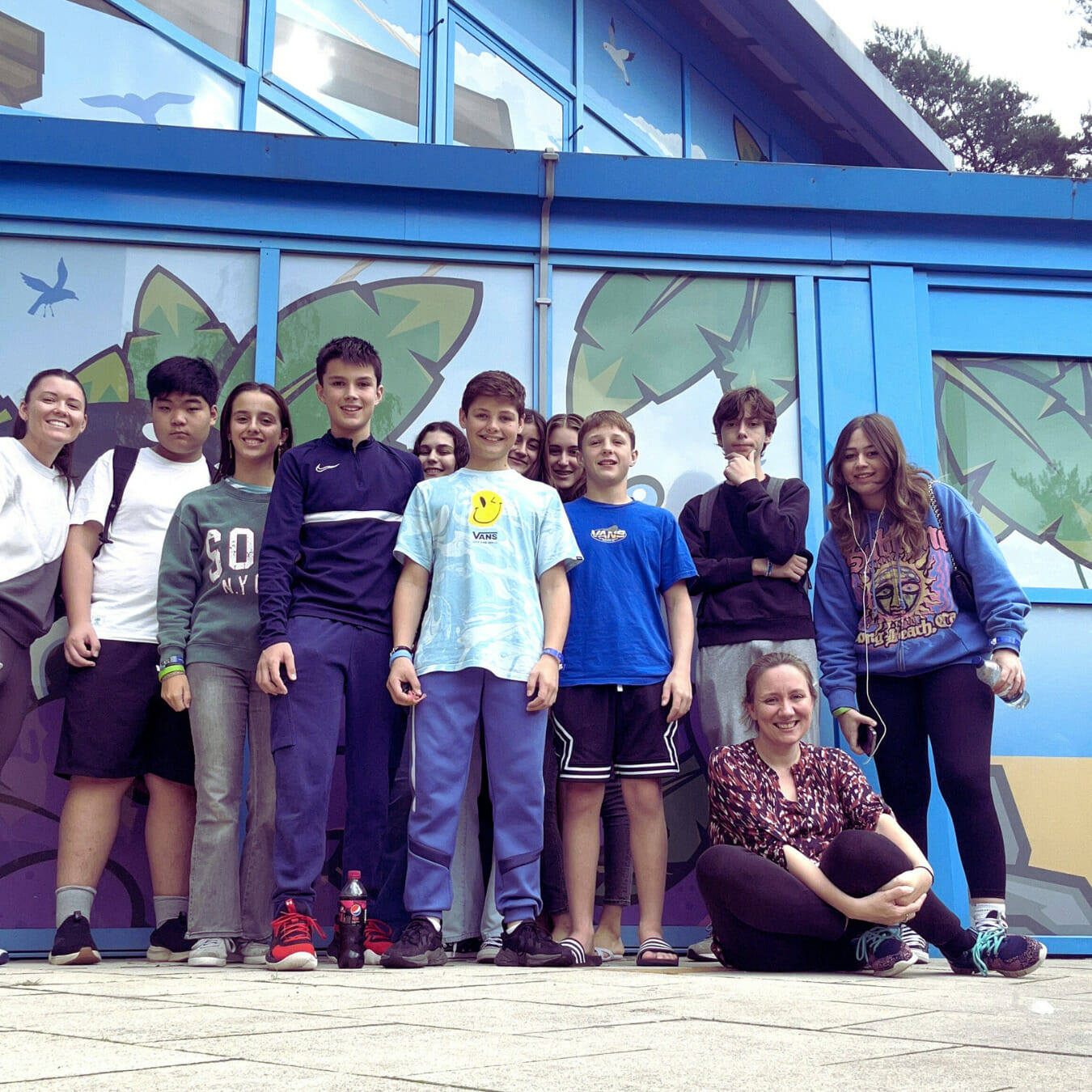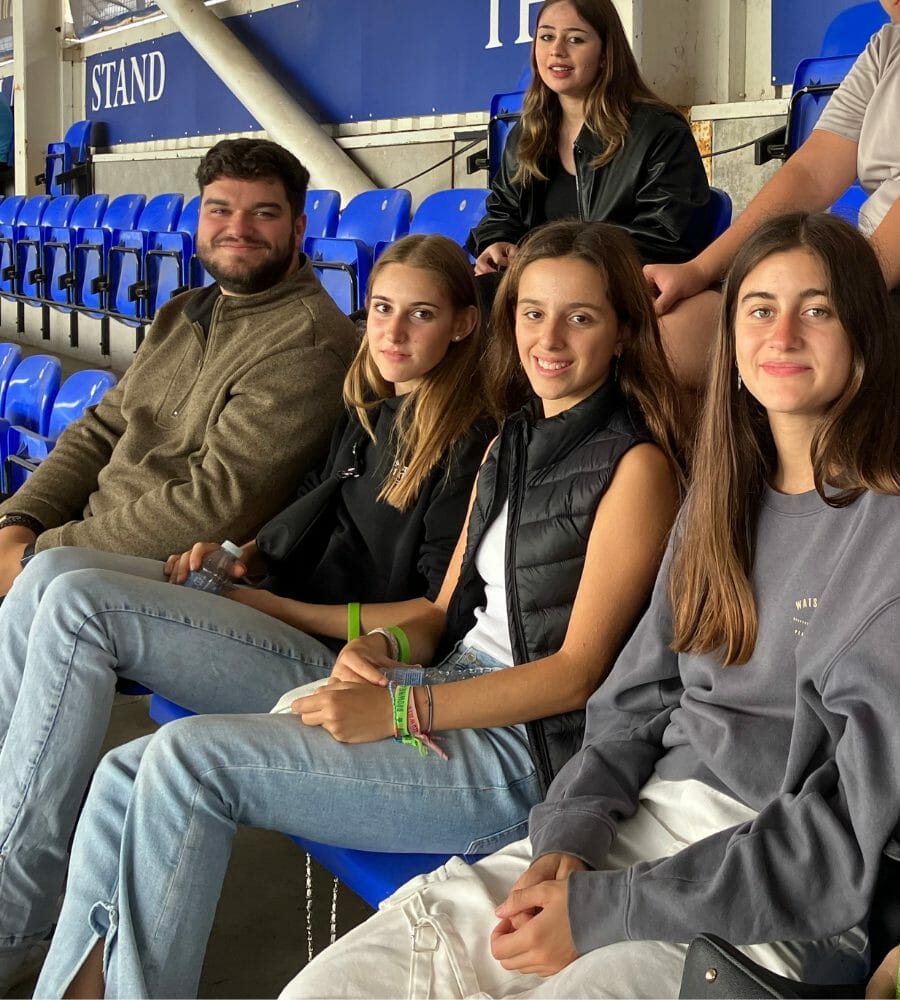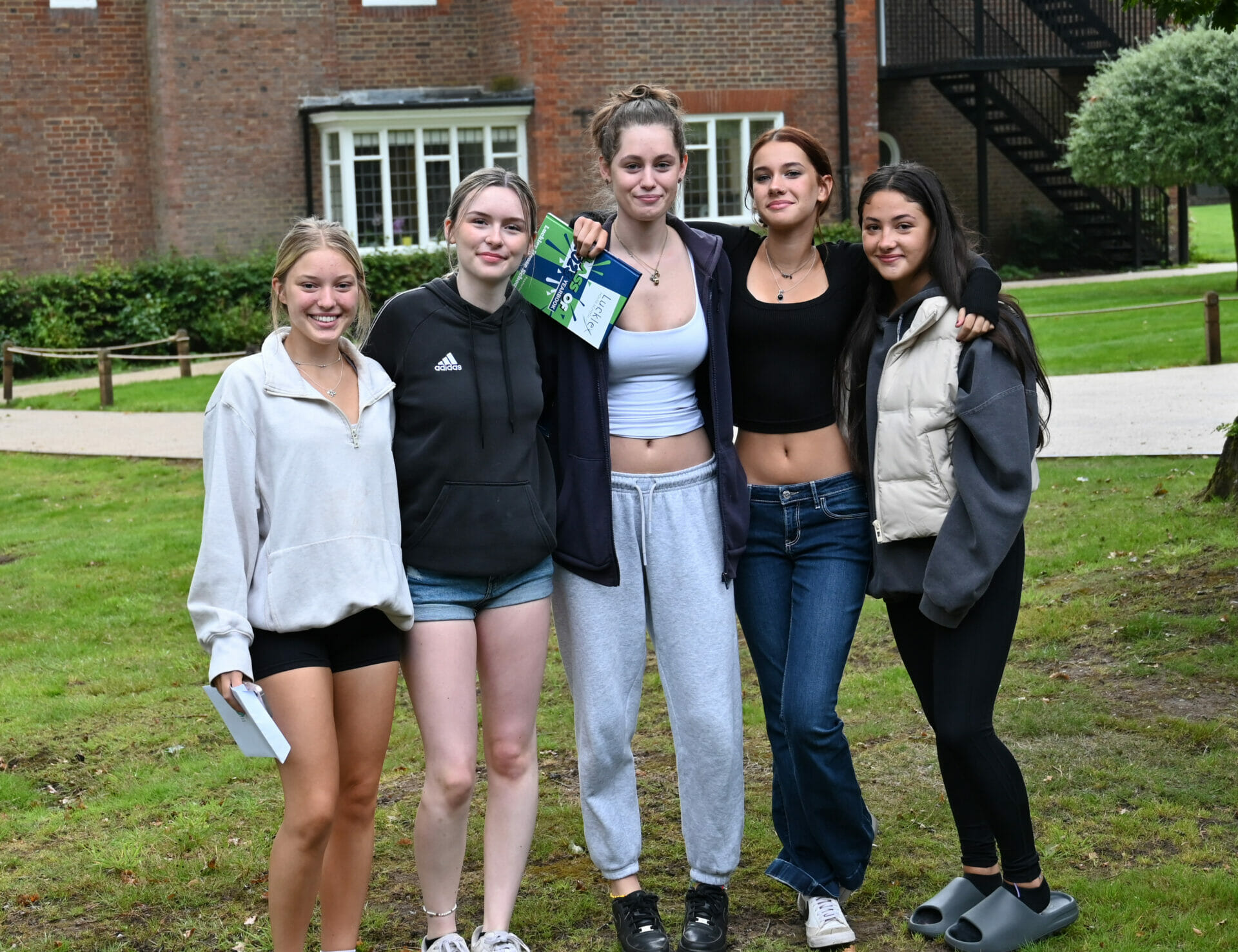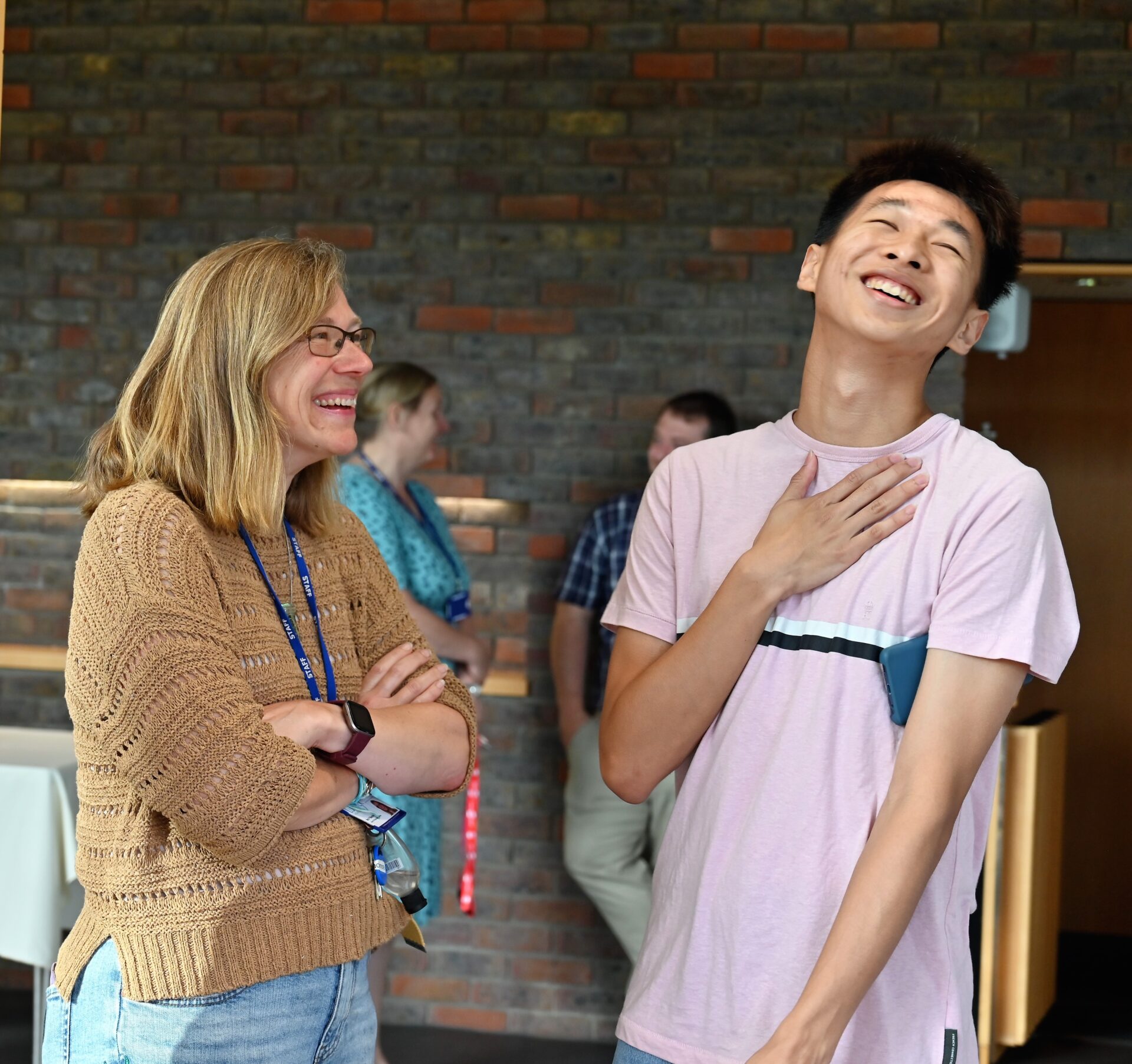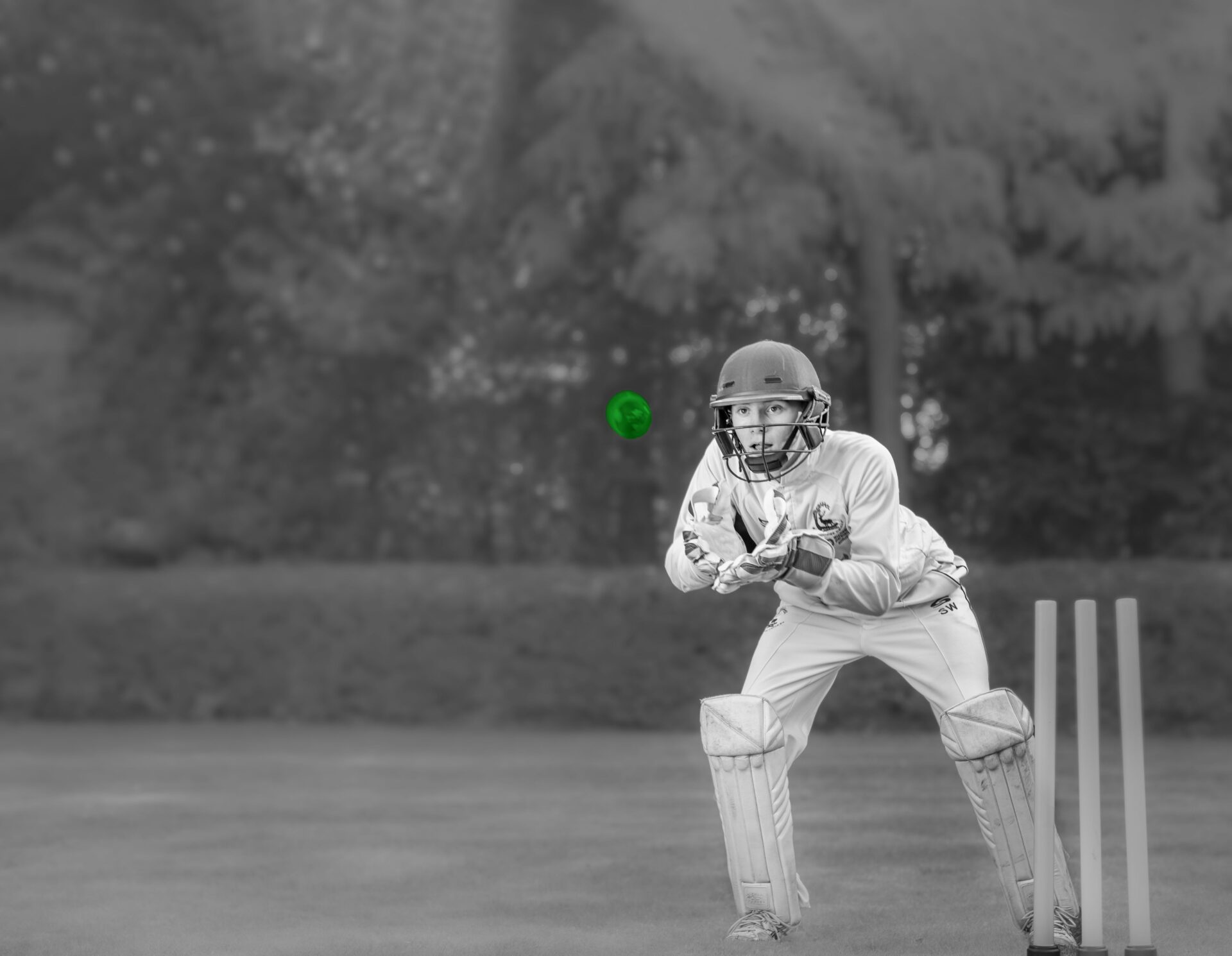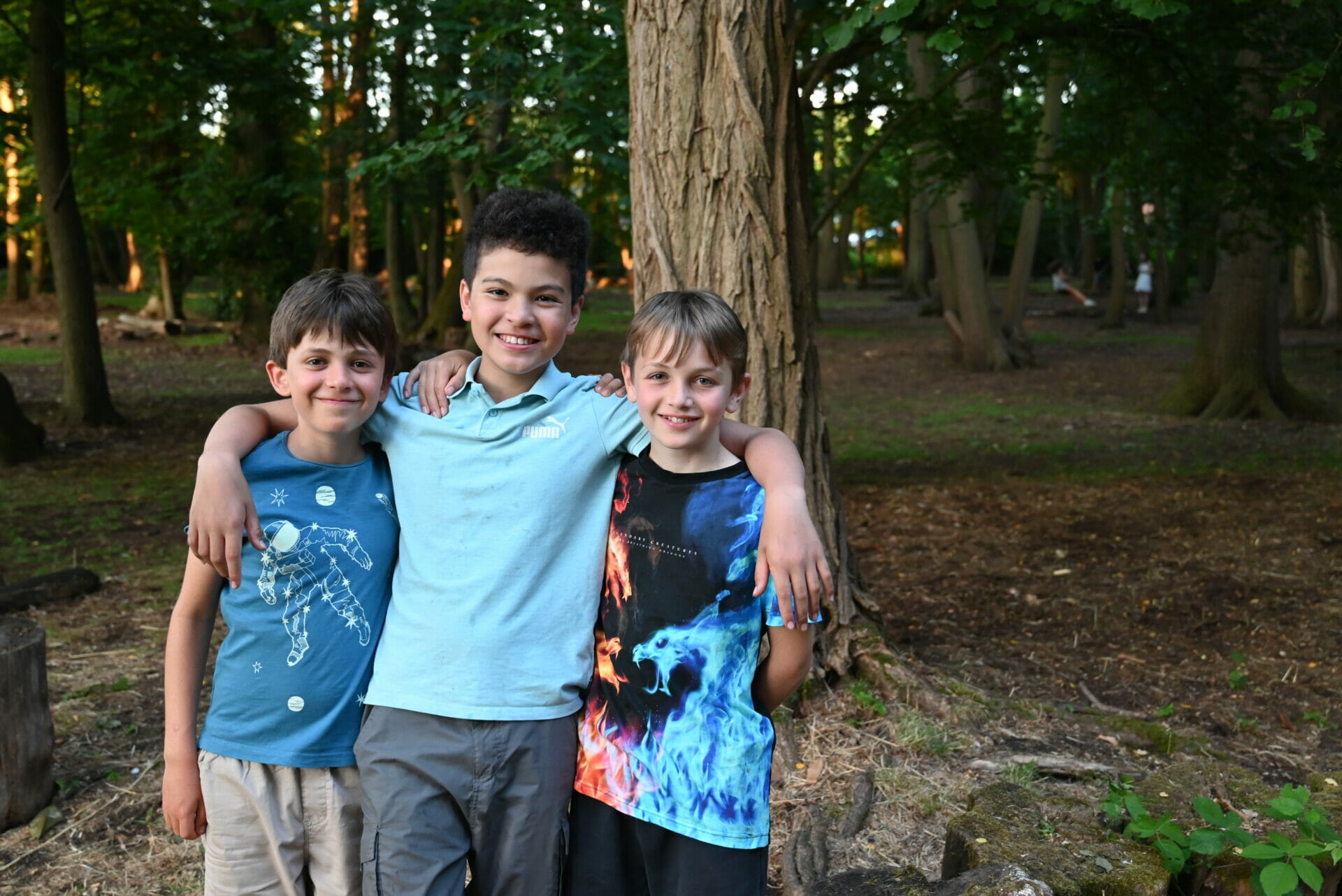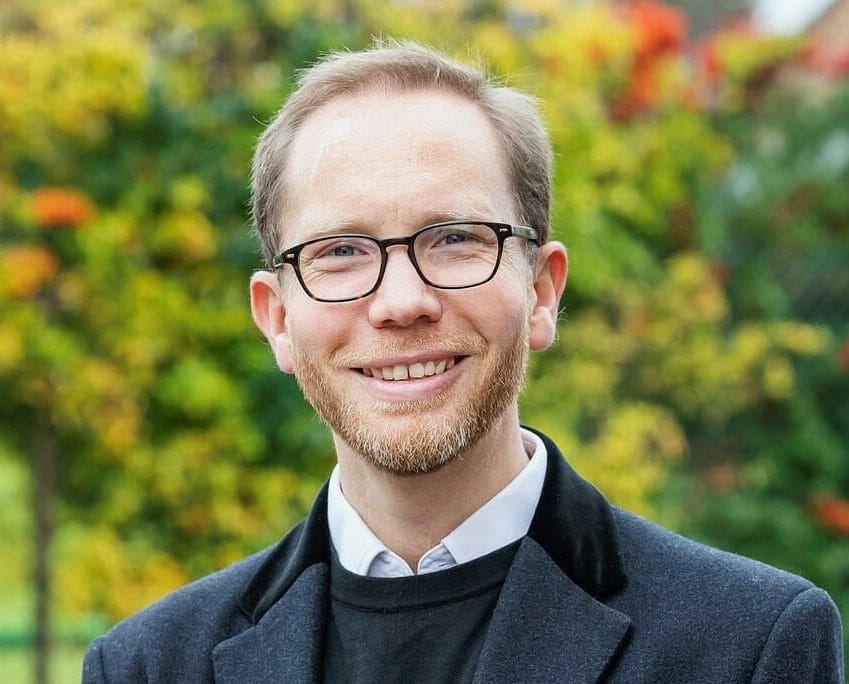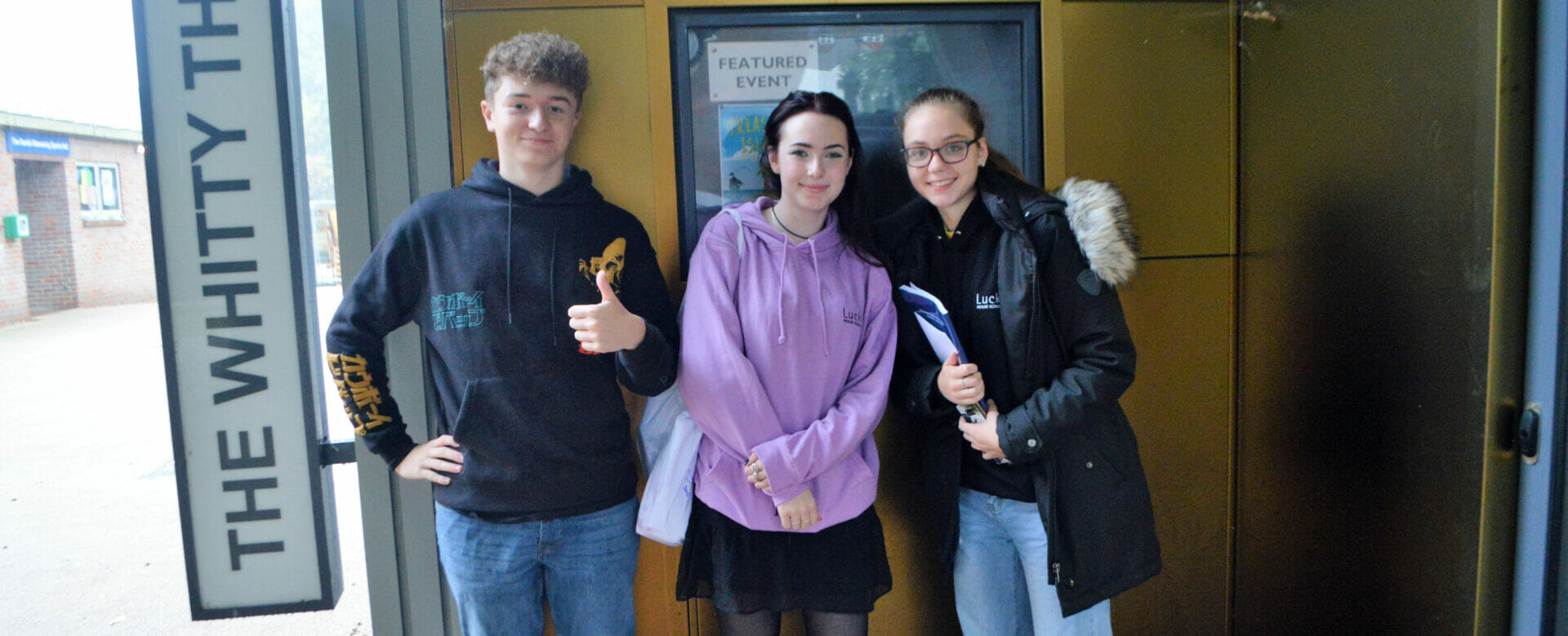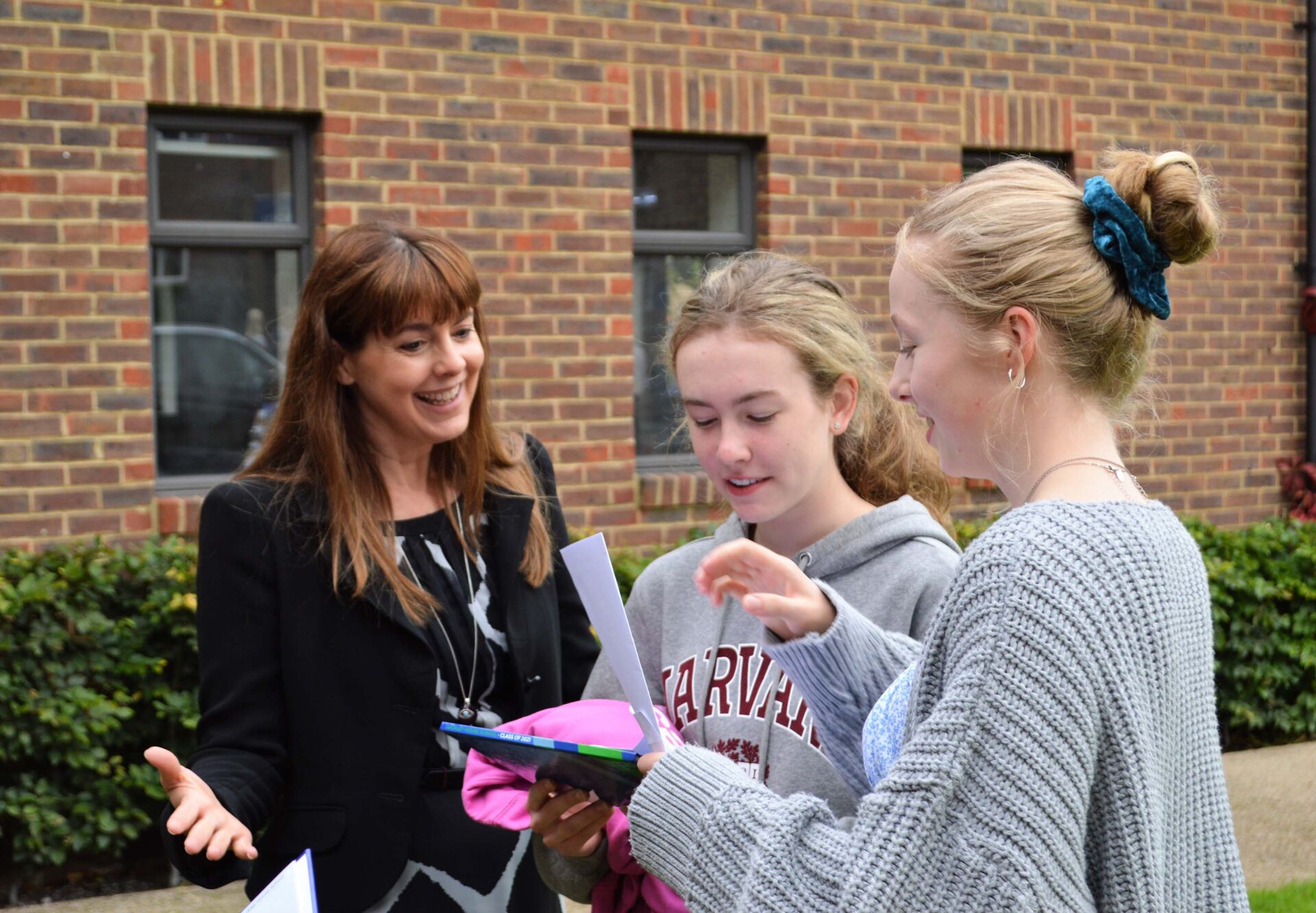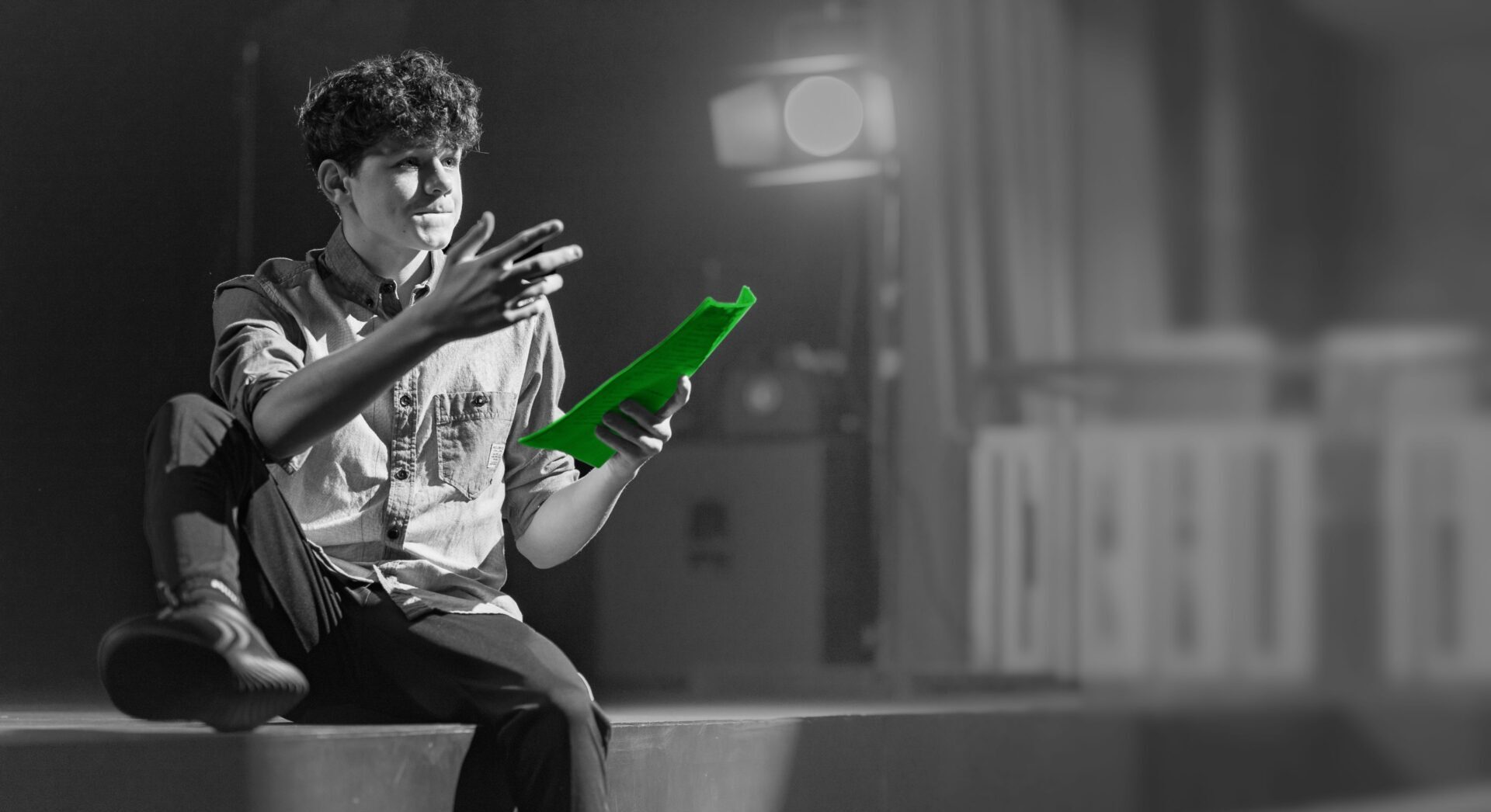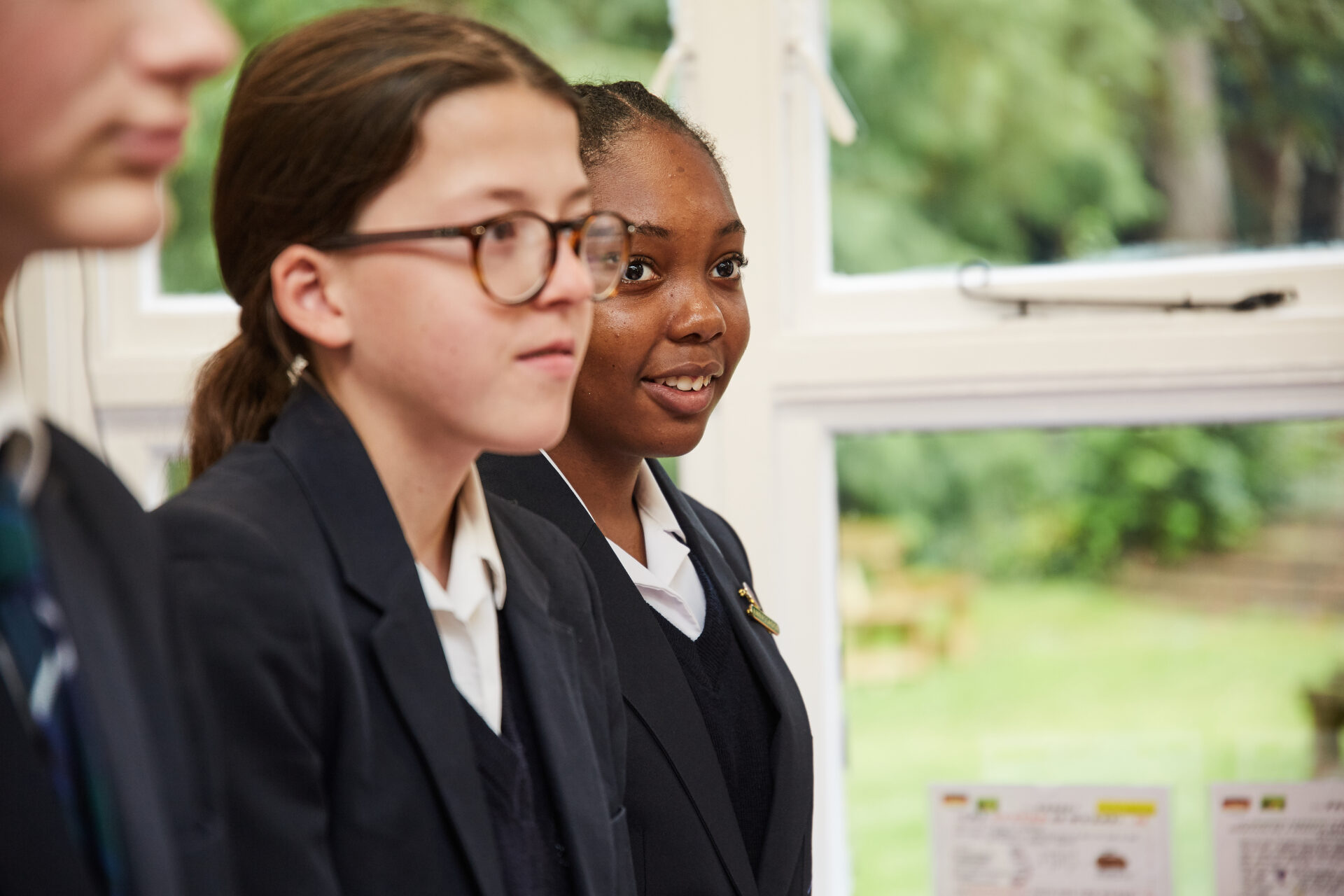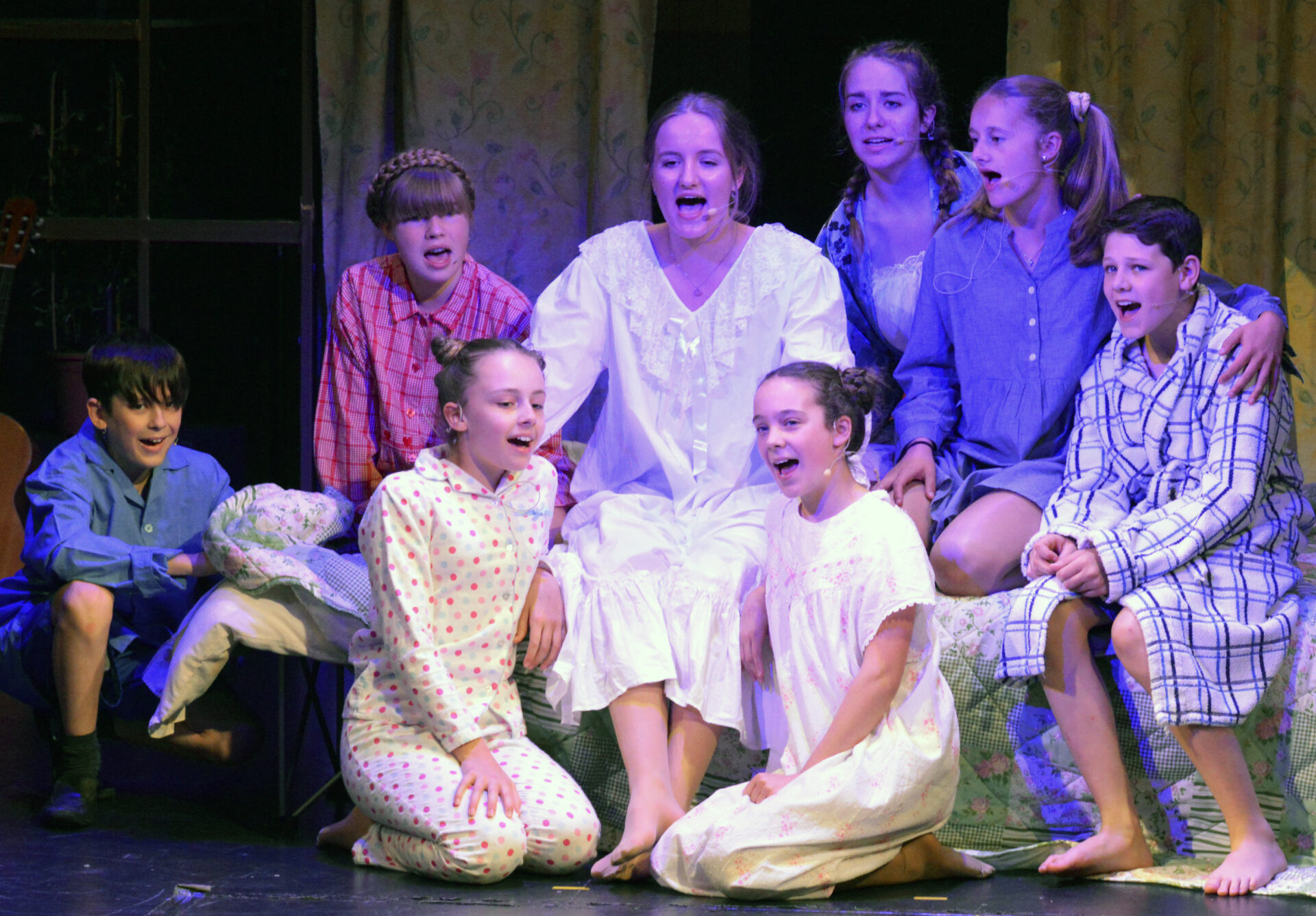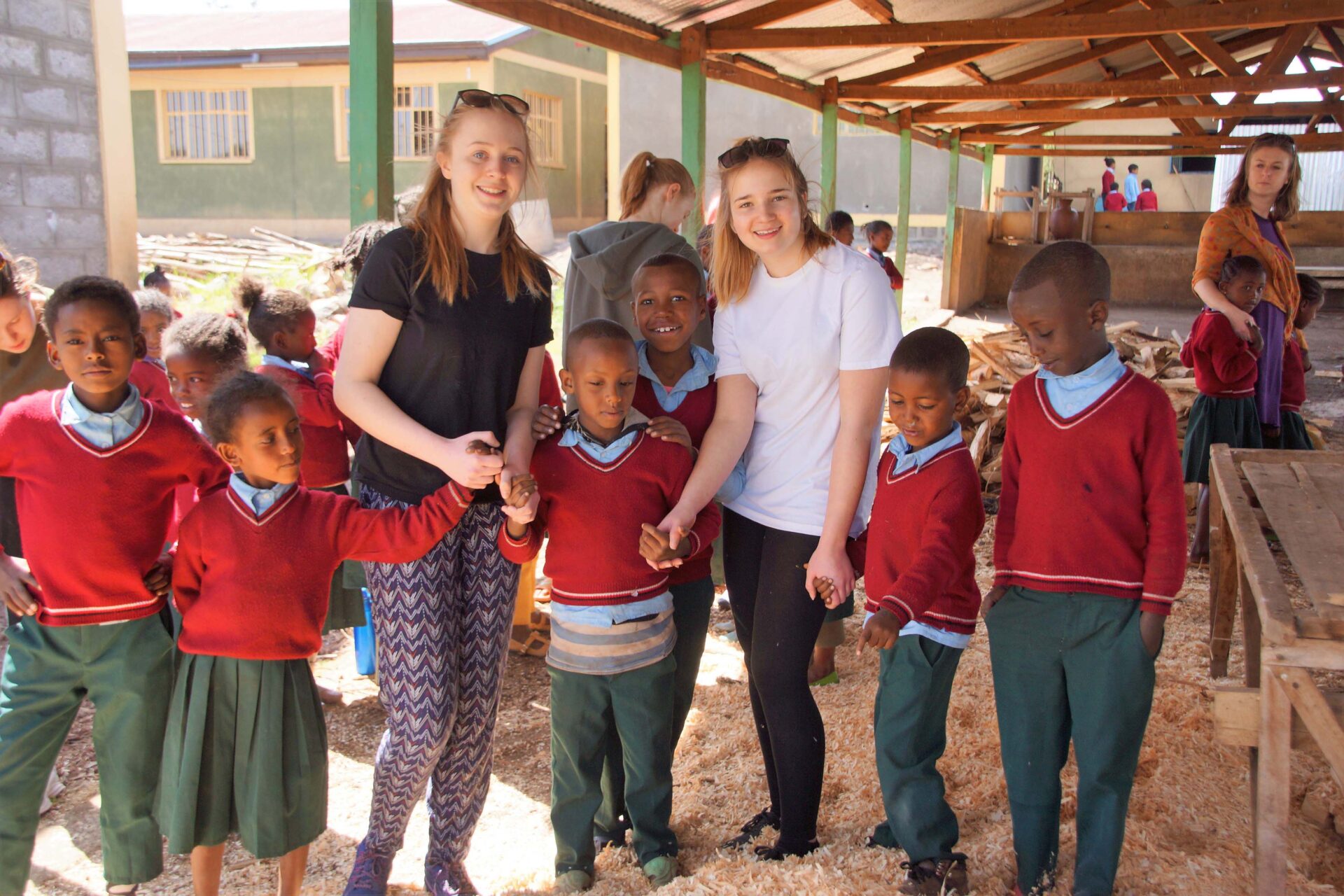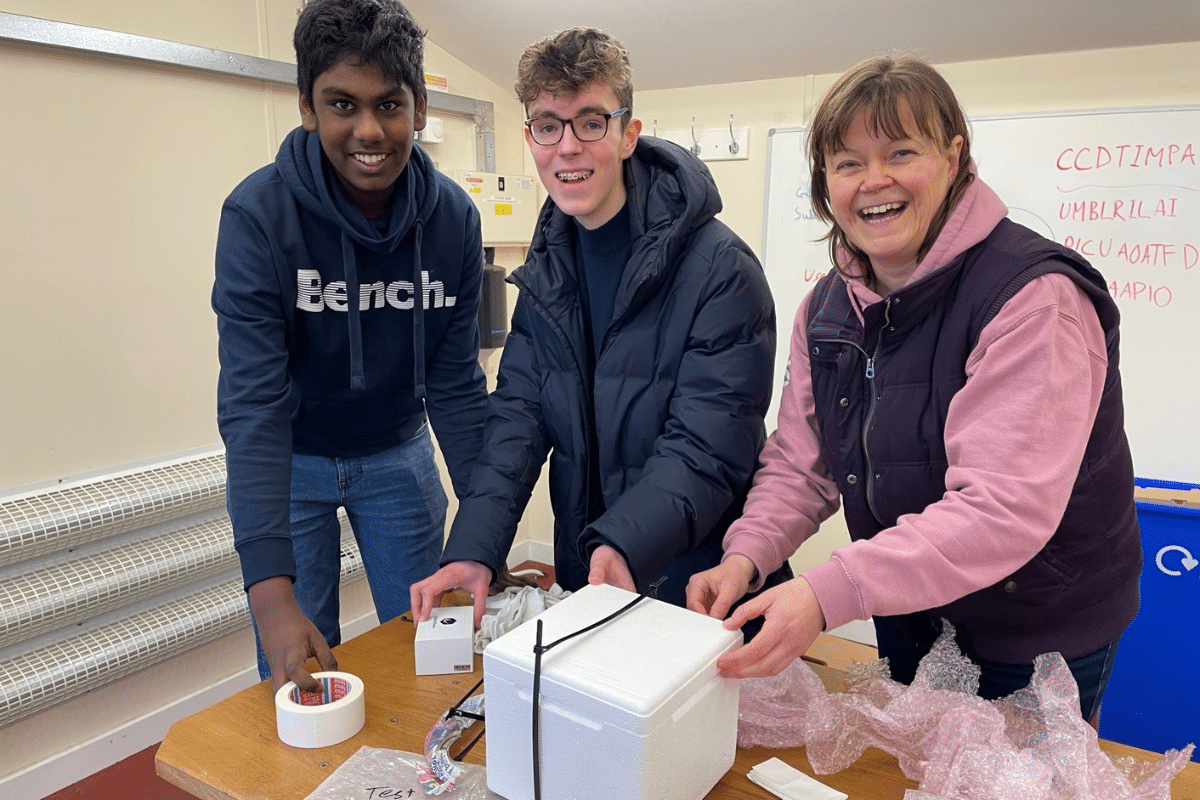
On Tuesday, two Luckley House School pupils, Luke H-P and Nathan N, had the incredible opportunity to take part in a High-Altitude Balloon (HAB) launch at the University of Reading. Accompanied by Dr Jones, the pupils witnessed first-hand the complexities and excitement of launching a weather balloon into the edge of space as part of Luke’s independent project, “Project Reach for the Stars.”
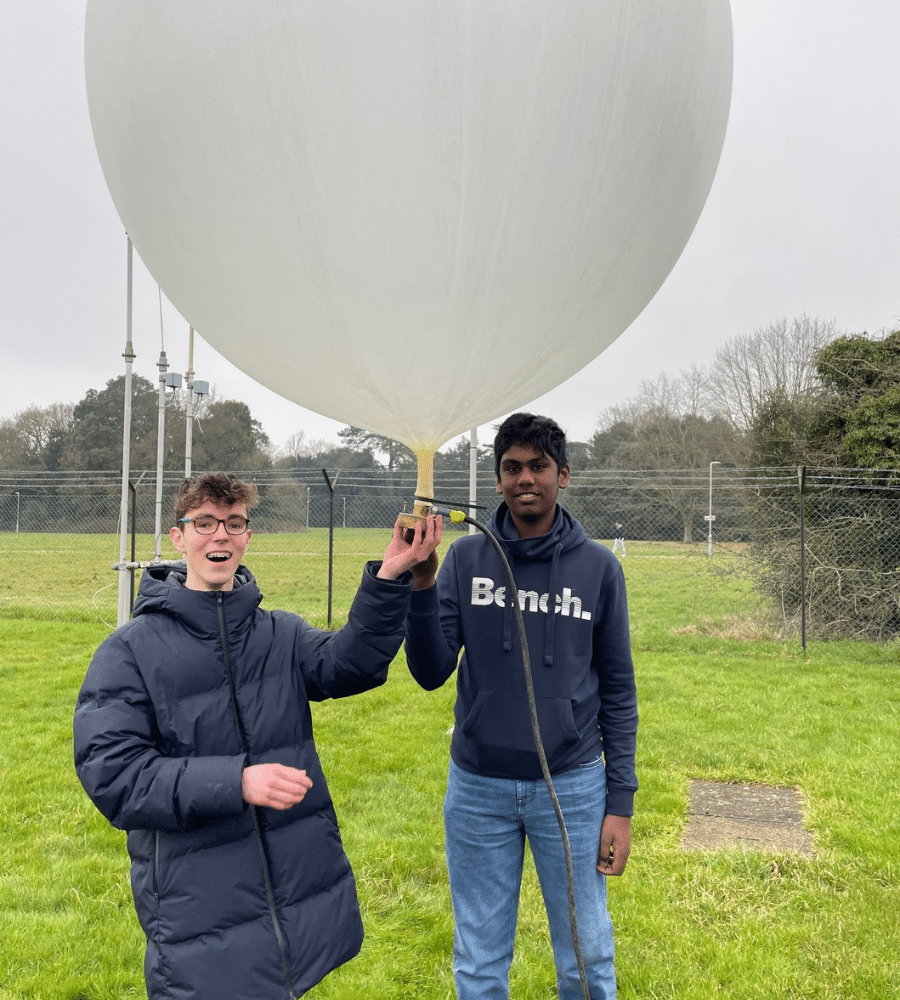
A Day of Exploration and Discovery
The day began with an insightful tour of the University of Reading’s Meteorology Department, where the team was given access to state-of-the-art labs and introduced to experts in the field, including Professor Keri Nicholls, Dr Martin Airey, and PhD student Caleb Nicholls. The university, known for its extensive work with weather balloons, provided the launch site, helium, and essential guidance on the process.
The Test Launch
At 11:00 AM, the team began setting up the balloon, filling it with helium and attaching a payload that included a GPS tracker and a data logger. By 11:37 AM, the balloon was released into the sky, beginning its ascent to an estimated peak altitude of 80,000 feet—twice the cruising height of a commercial airliner. The balloon, designed to expand to the size of a car at maximum altitude, carried the hopes and hard work of Luke, who has been leading this project since Year 8, along with the support of Nathan and Dr Jones.
Initially, the GPS tracker provided real-time updates, but as expected, communication was lost due to the extreme temperatures (-70°C) at high altitudes. The team had planned for this, knowing that the tracker would likely resume sending signals once it descended and warmed up.
The Chase and Unexpected Twists
Luke, Nathan, and Dr Jones set off in pursuit of the balloon, heading towards its predicted landing zone near Dorking. Upon arrival, they deployed licensed drones to scan the area but were unable to locate the payload. Disappointed but determined, they decided to return to school.
Then, in an exciting turn of events, while en route back, the GPS tracker came back online. The balloon had travelled much further than anticipated, passing Gatwick Airport and eventually landing in an empty field near the Copthorne Hotel. The team now plans to retrieve the payload over the weekend, where they hope to recover valuable atmospheric data.
The Future of “Project Reach for the Stars”
This test launch marks a significant milestone in Luke’s project, which he first envisioned in Year 8. Since then, he has dedicated countless hours to research, planning, and problem-solving, making this achievement even more rewarding. His perseverance, along with the support of Nathan and Dr Jones, has been instrumental in bringing the project to life.
Looking ahead to the summer, Luke is preparing for a larger-scale launch. The next mission will feature an upgraded payload, including weather sensors and an onboard 4K camera to capture breathtaking footage of the Earth’s curvature. Additionally, Luckley pupils will have the opportunity to send personalised acrylic keychains to the edge of space for a small fee.
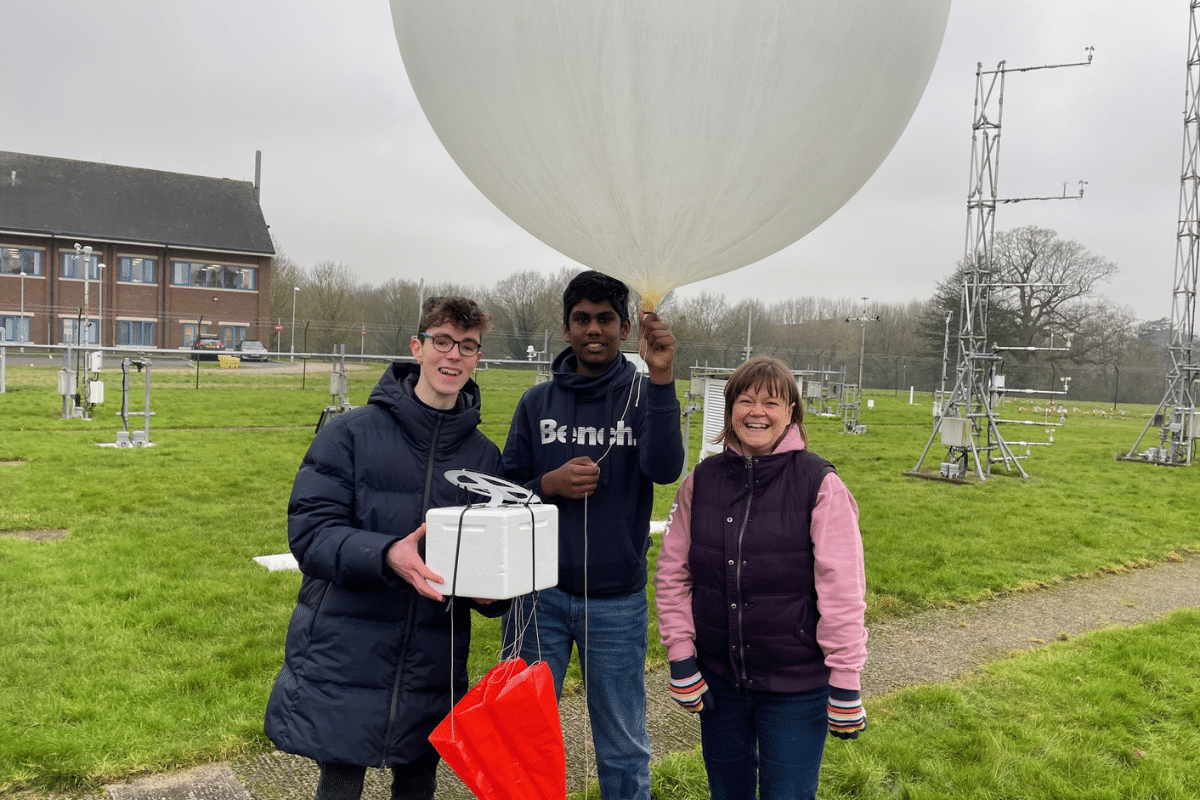
Gratitude and Acknowledgements
Luke, Nathan, and Dr Jones extend their sincere gratitude to the University of Reading’s Meteorology Department for their invaluable support, as well as to everyone who has helped along the way.
This is just the beginning for “Project Reach for the Stars,” and we look forward to seeing what comes next!

